Planning a trip to Japan? This guide offers my top hotel recommendations, must-see attractions, dining spots, transportation tips, and much more. From stunning temples to endless bowls of udon, from high-speed bullet trains to vibrant anime culture, Japan has so much to explore. It’s an incredible country, and I’m thrilled you’ll be experiencing it soon!
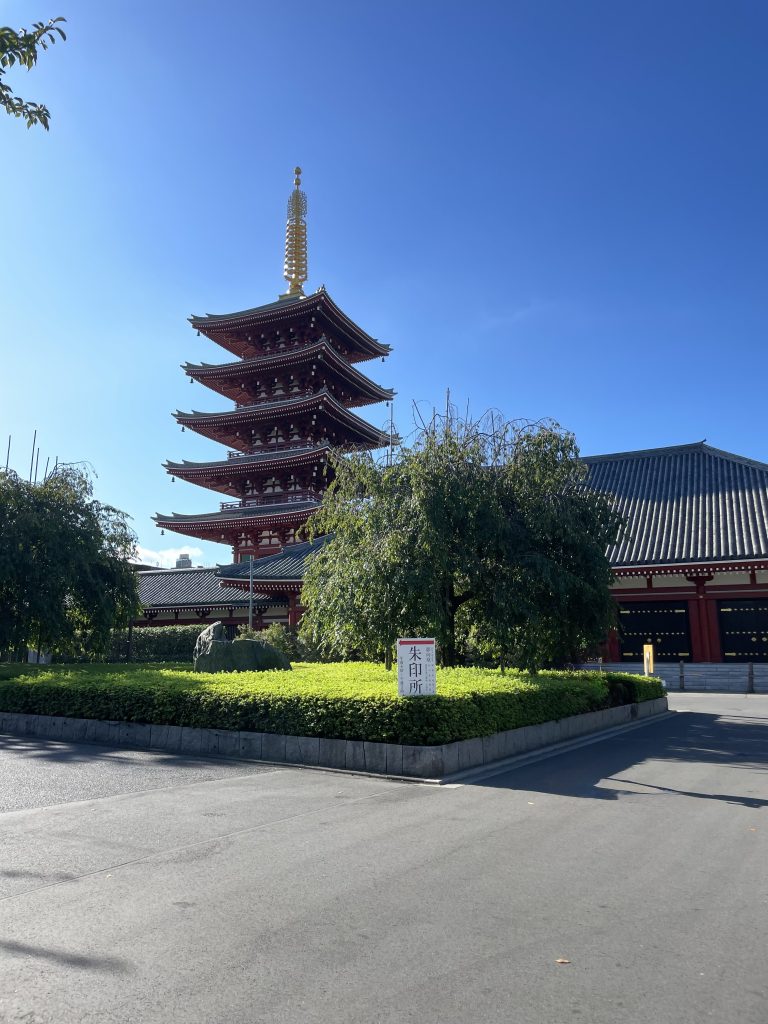
Getting THere
So, what is the best airport in Japan? I highly recommend flying into Tokyo Haneda Airport because of its close proximity to the city center and its wide range of flight options. From Haneda, you can take the Tokyo Monorail or the Keikyu Line to Asakusa Station, or choose the station nearest to your hotel. For more details on using the subway, see the section below. Be sure to purchase a Suica card beforehand, as you will need it to board. You can can add the Suica card to your Apple Wallet or purchase a physical card at a kiosk or ticket booth at the airport or most train stations.
Day 1: Arrive in Tokyo, Sensoji temple, and Asakusa Nishi-sandō Shopping Street
Take the Tokyo Monorail to Hamamatsuchō station, then get on at Daimon and take the subway to Asakusa station to arrive at your hotel. If you are staying at another hotel, you can still utilize the Tokyo Monorail from the airport or the Keikyu Line. The Keikyu Line is the subway so expect it to get more crowded as the stop reach the city center. For airport transfer to and from the city I suggest the Monorail.
Check into your hotel, Gate Hotel Asakusa. The hotel provides robes and slippers which is a fun touch! The hotel restaurant offers a great menu if you choose to dine in. Be sure to check out the rooftop for a great view of Tokyo Tower and beyond.
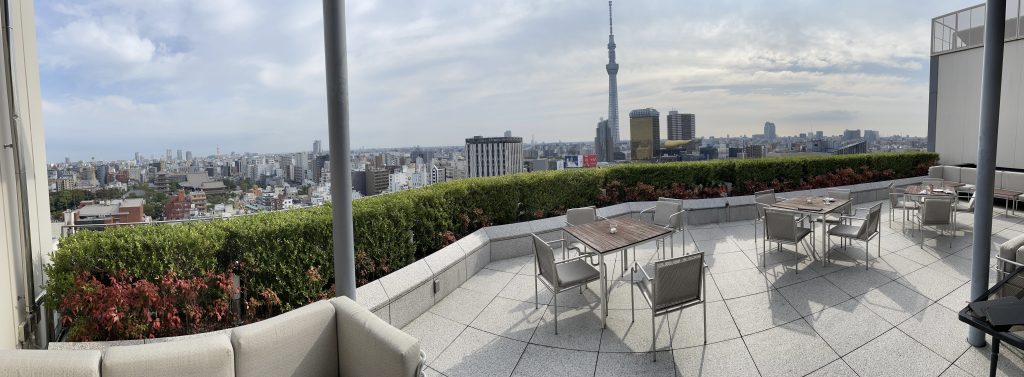
Head to Sensoji temple and walk around the grounds. There are quite a lot of vendors in the stalls in front of the temple on Nakamise Dori street, offering various food and trinkets like matcha bowls, kimonos, shoes, and more. Visit the Asakusa Shrine.

Stop by the Asakusa Culture Tourist Information Center and head to the roof for a fantastic view of the city! You can see Nakamise Dori street, all the green-roofed buildings.
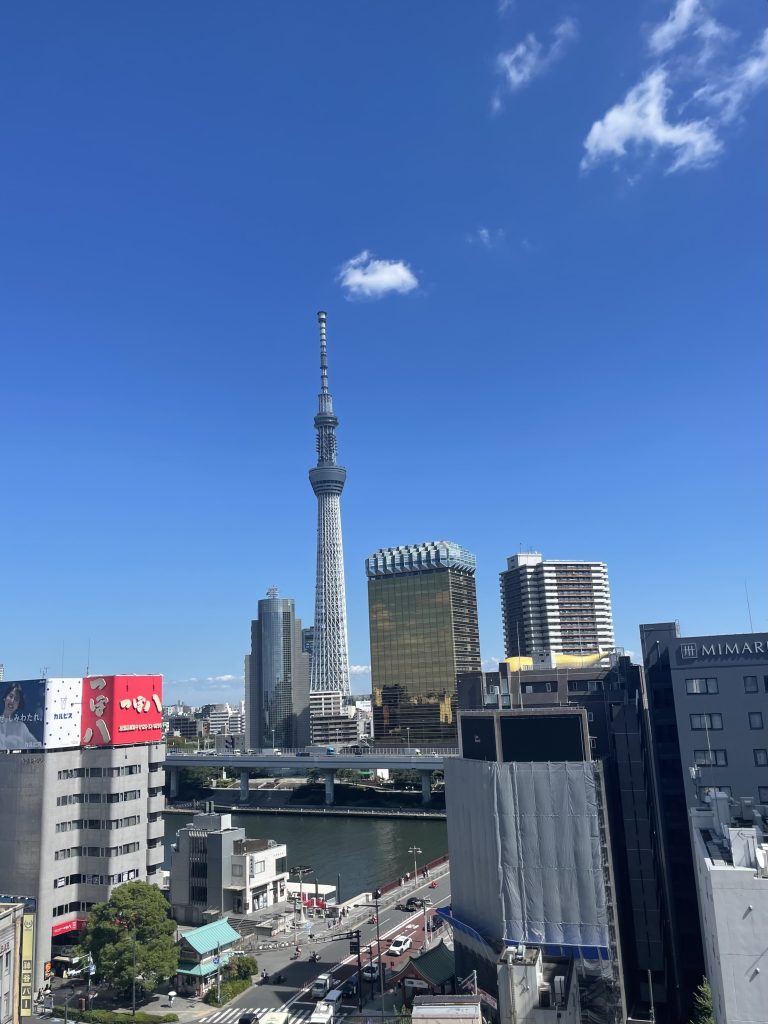
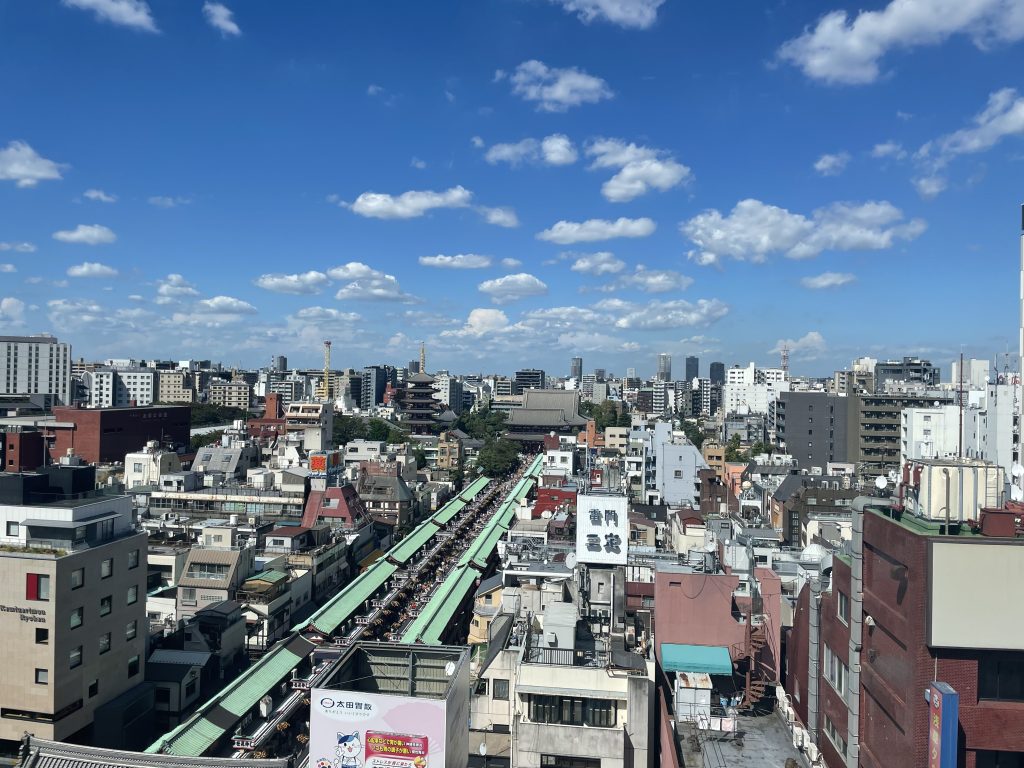
Head to dinner at Kamukura Ramen, a great ramen spot located in Asakusa Nishi-sandō Shopping Street.
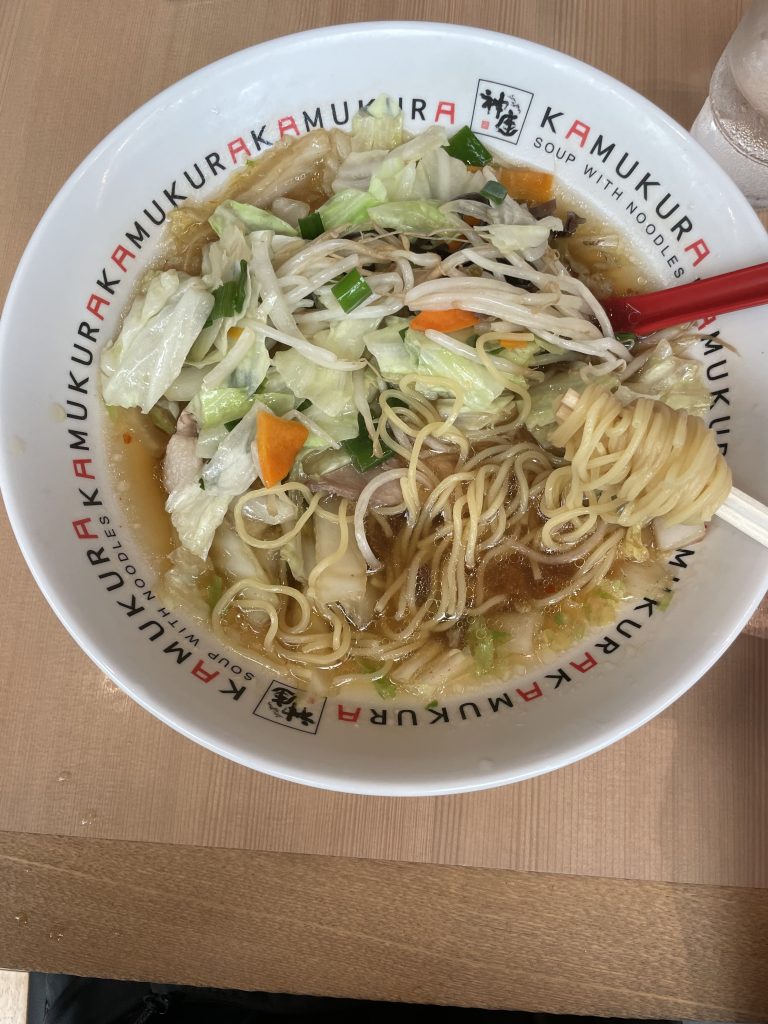
The shopping street is one of the longest shopping streets in Tokyo. The shops go on and on from anything to pet cafes, restaurants, clothes, jewelry, and more. Enjoy some shopping until you are too tired and head to bed after a long travel day.
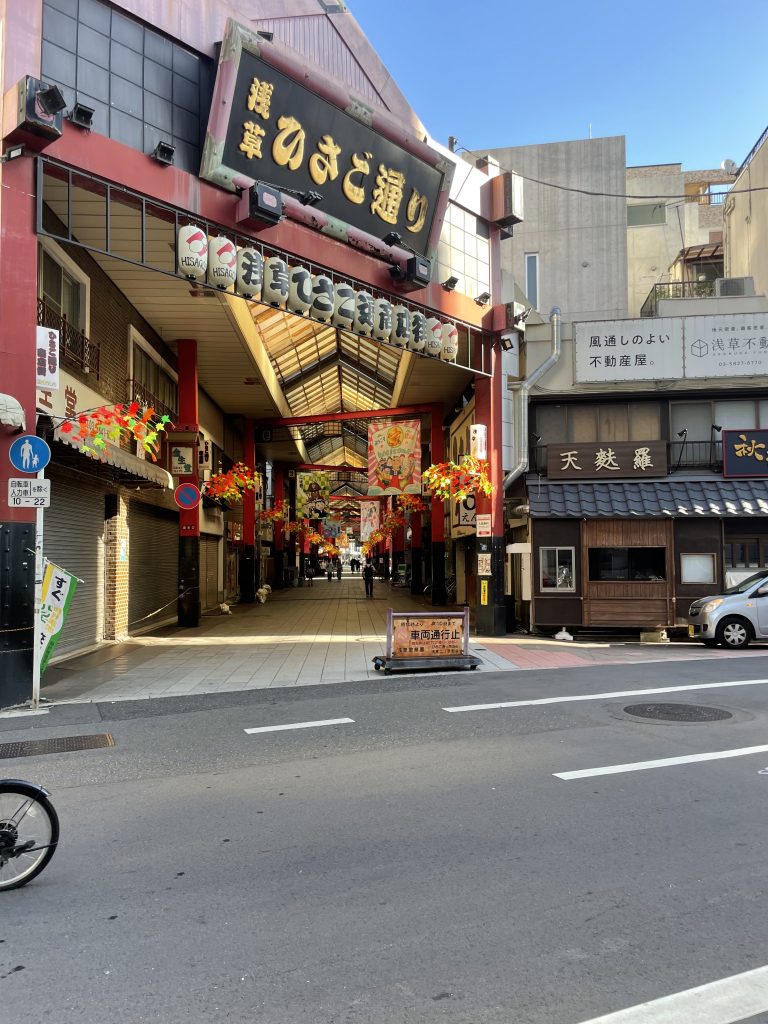
Day 2: Yoyogi Park, Takeshita Street, and Shinjuku
Grab a matcha at Funawa then head to Yogoi Park and visit Meiji Jingu. You can spend a few hours walking around the whole park.
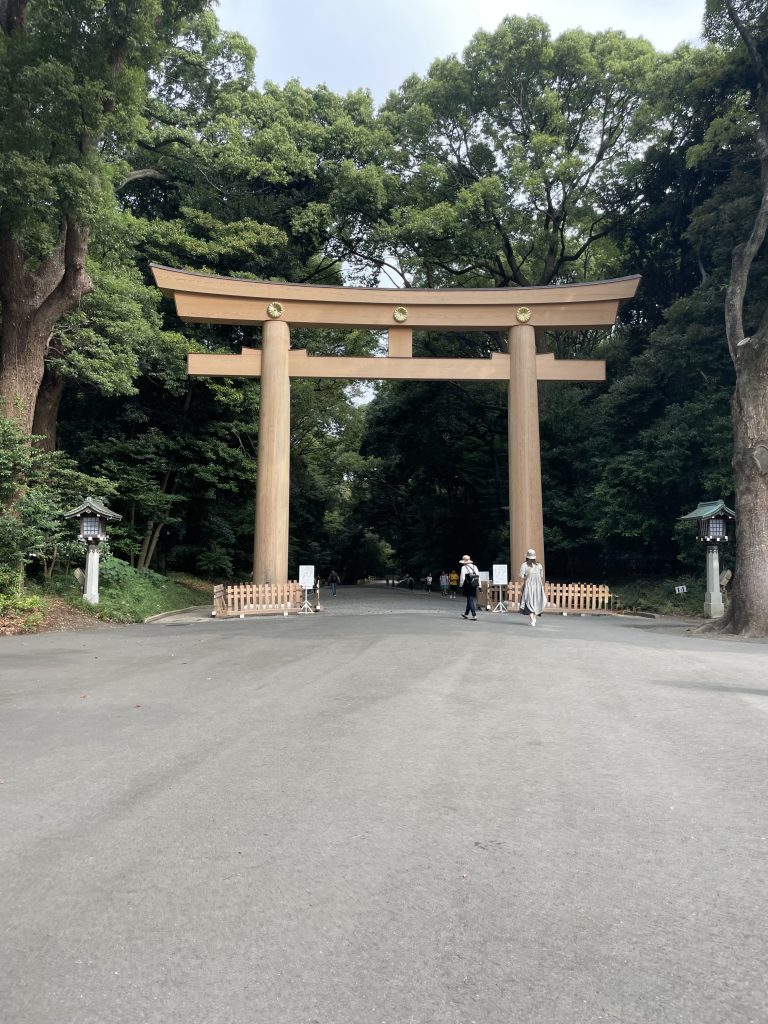
The beautiful torii gate welcomes you to Yoyogi park. Follow the path and thesigns to the Meiji Jingu.
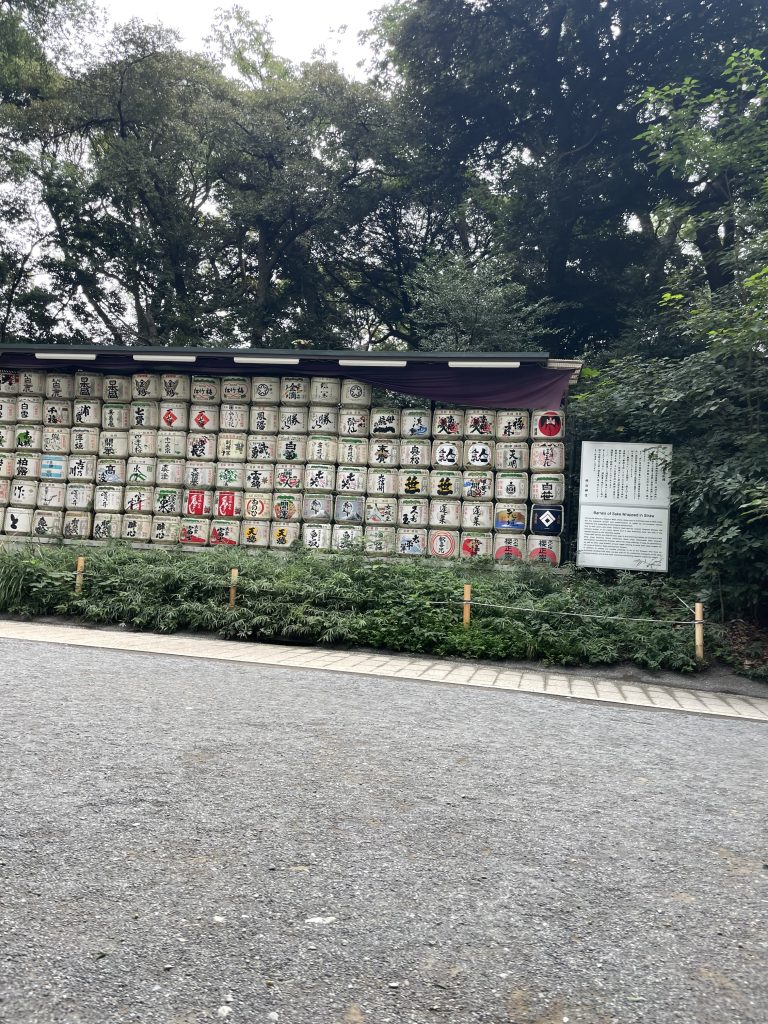
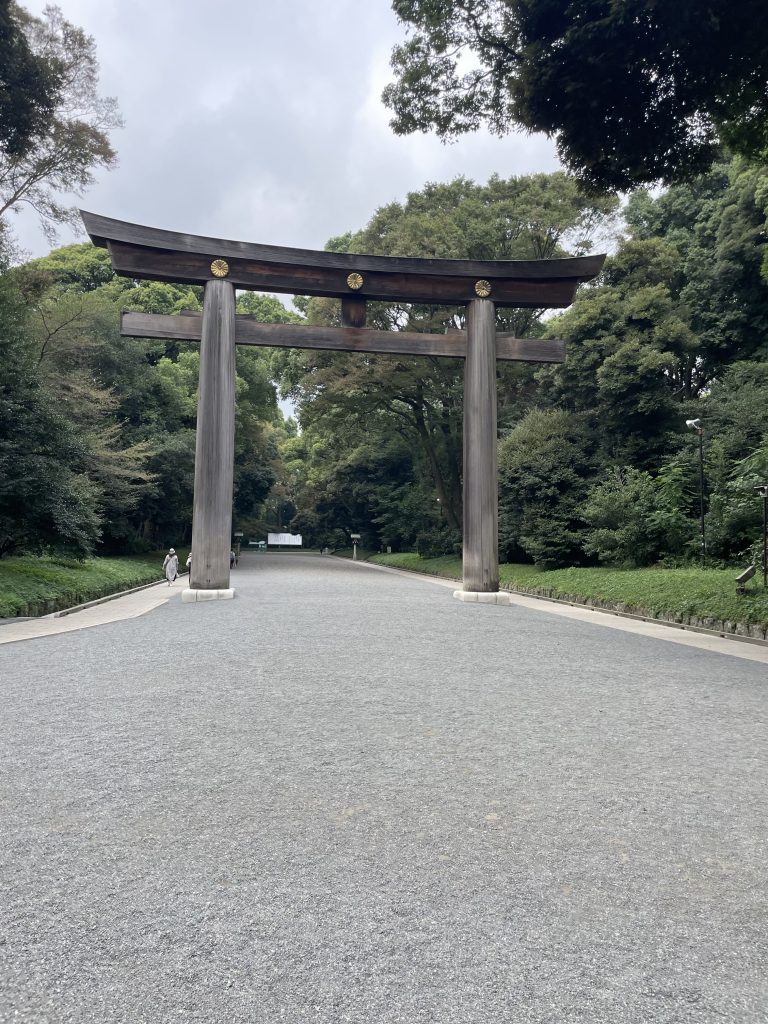
The walk to Meiji Jingu is beautiful! There are many off shoot paths to take so be sure to stop by those on your way back.


Next head to Takeshita Street, located in the Harajuka neighborhood, is known for unique shops and delicious food. Grab treats from Zakuzaku, Marion Crepes, and Eiswelt Gelato. Enjoy lunch at Kitchaan Harajuku for soba noodles or Yoshinoya for Gyudon.
Shinjuku Gyoen National Garden’s is a beautiful green spot in the city. This is a great place to enjoy a pastry of a coffee in. Have dinner at Ramen Tatsunoya Shinjuku.
Walking tours are a great way to familiarize yourself with the area, especially with the help from a local. Exploring Shinjuku can feel overwhelming so the Shinjuku walking tour with a local guide who will show you around is extremely helpful. The tour will take you all around Shinjuku, including a stop by the famous Piss Alley which consists of small bars, yakitori restaurants, and other food stalls. Some of the bars and restaurants are so small they only seat 5 patrons!
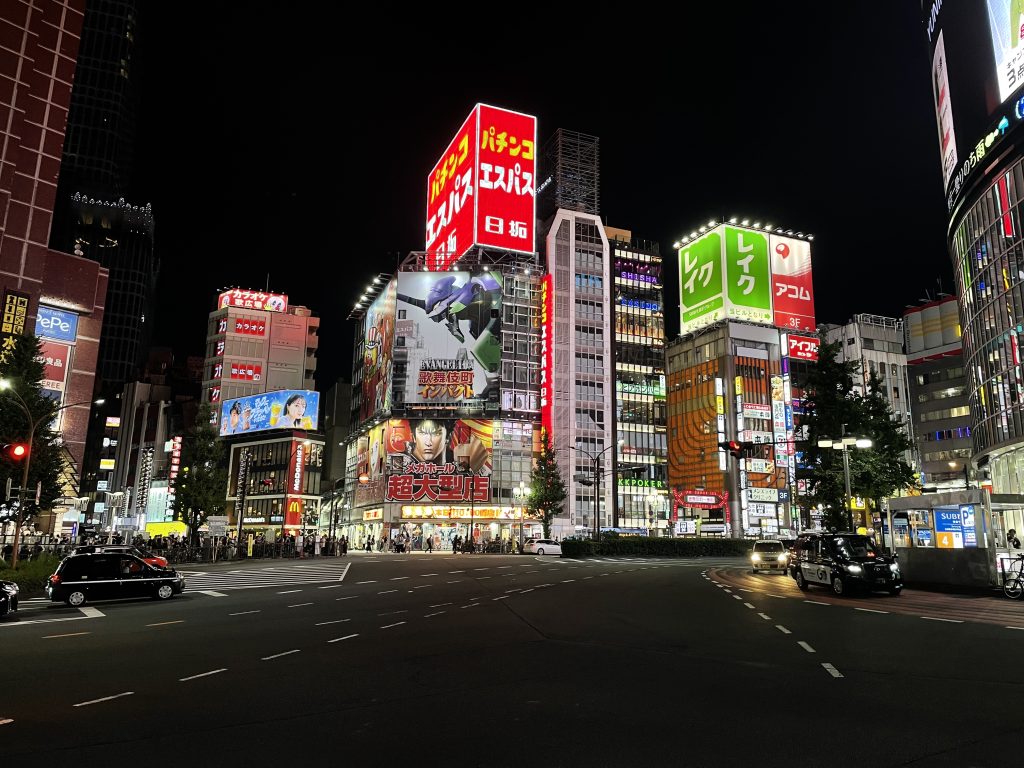
This is the tour I recommend: Shinjuku Night Free Walking Tour.
The tour was about 2 hours and takes you all around Shinjuku. I had a great experience and really enjoyed having someone guide me through Shinjuku.
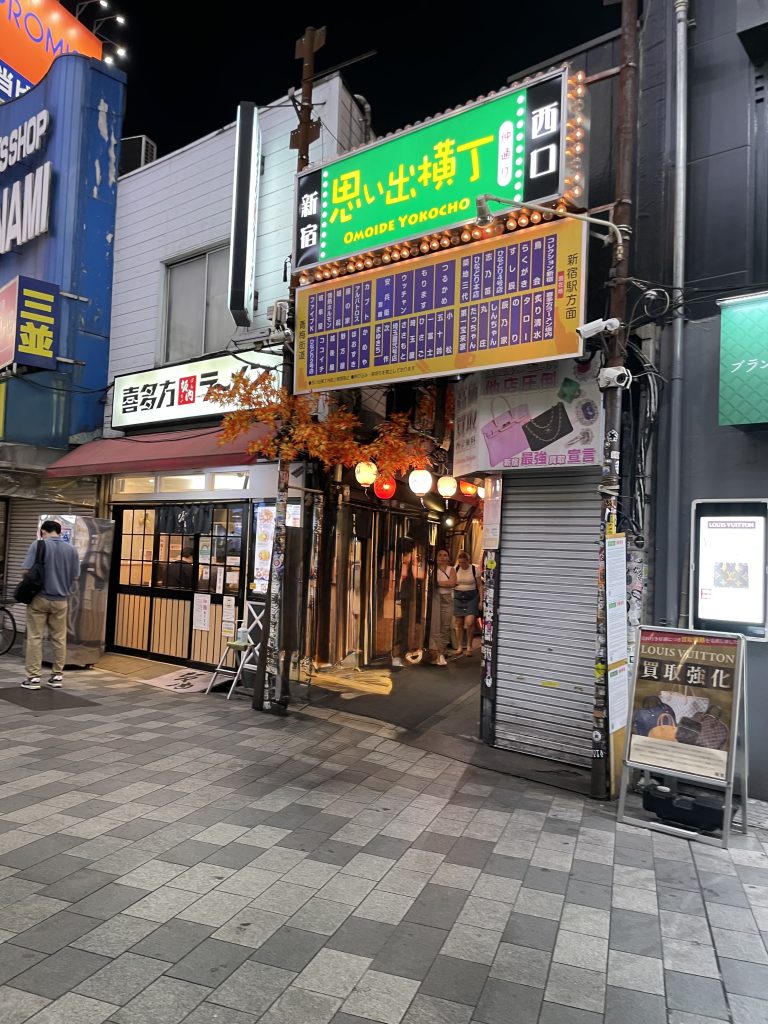

Visit the Tokyo Metropolitan Government Building at night, after the walking tour, for a beautiful view of the city lights. This is a free experience too!
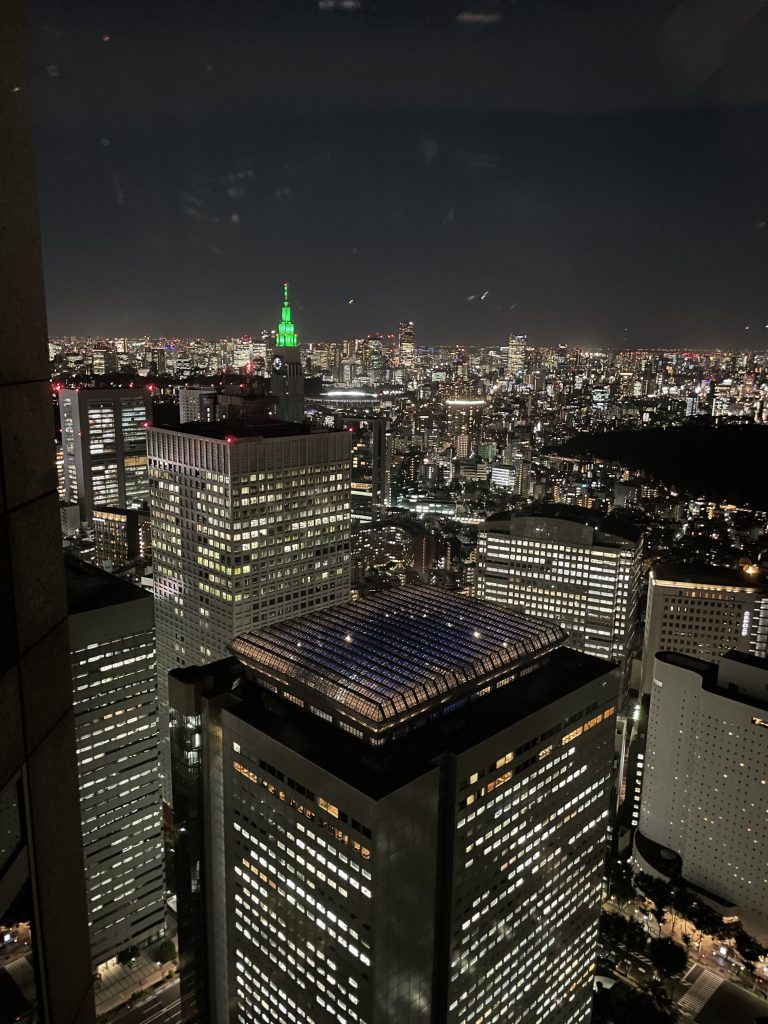
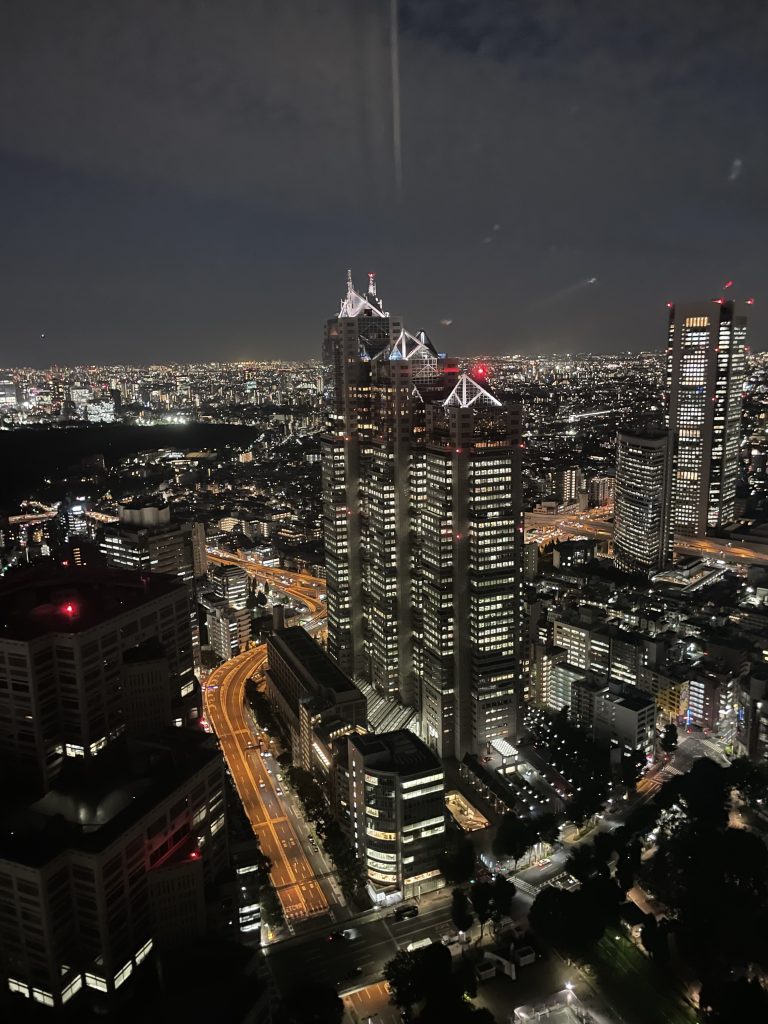
Day 3: Imperial Palace, National Museum of Nature and Science, Ueno Park
Start the day with a waffle and coffee at Fuglen Asakusa. Fuglen is a cute, modern coffee shop that has a warm and inviting atmosphere.
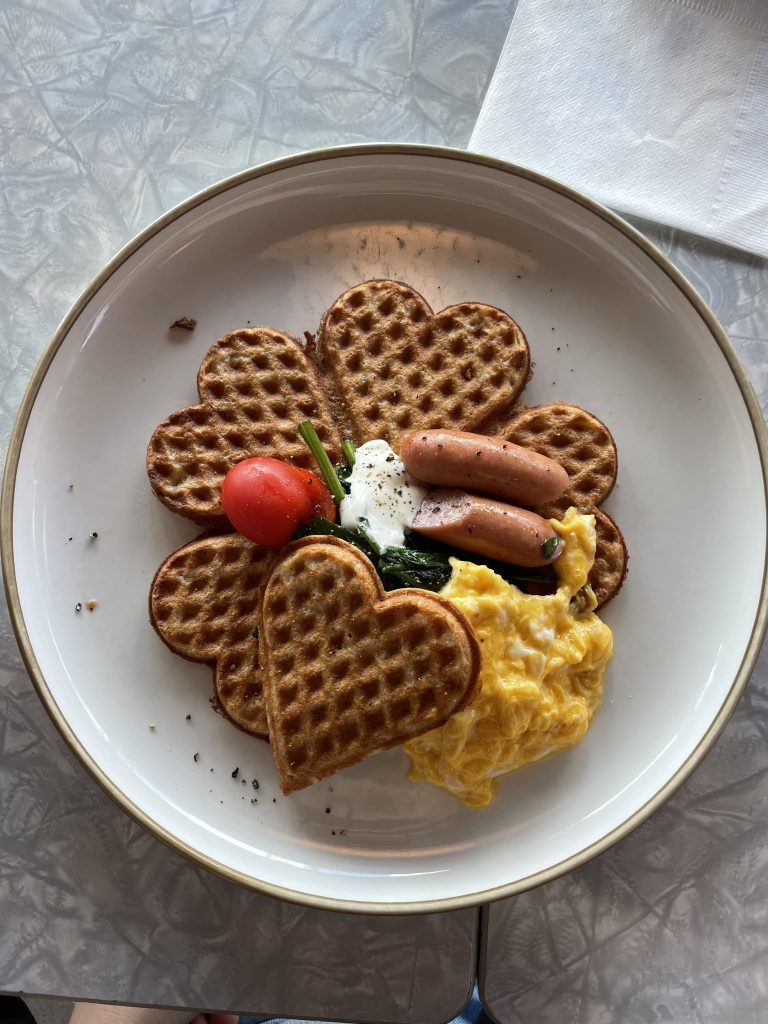
It is a different experience seeing the busy shopping streets os Asakusa empty in the morning.
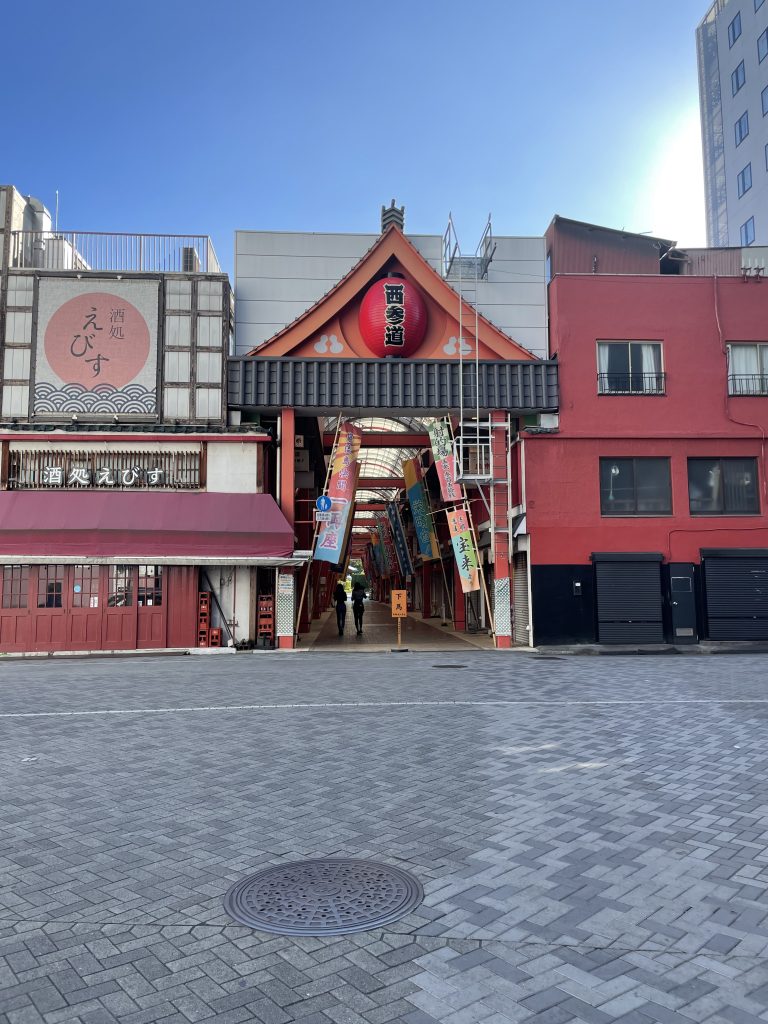

Take the subway to Ueno Park and stop by Shinobazu Pond at Ueno Park. You can spend a few hours walking through the park and neighboring streets like Ueno Ameyoko shopping street, where you will find a wide variety of food, clothes, and quirky products.

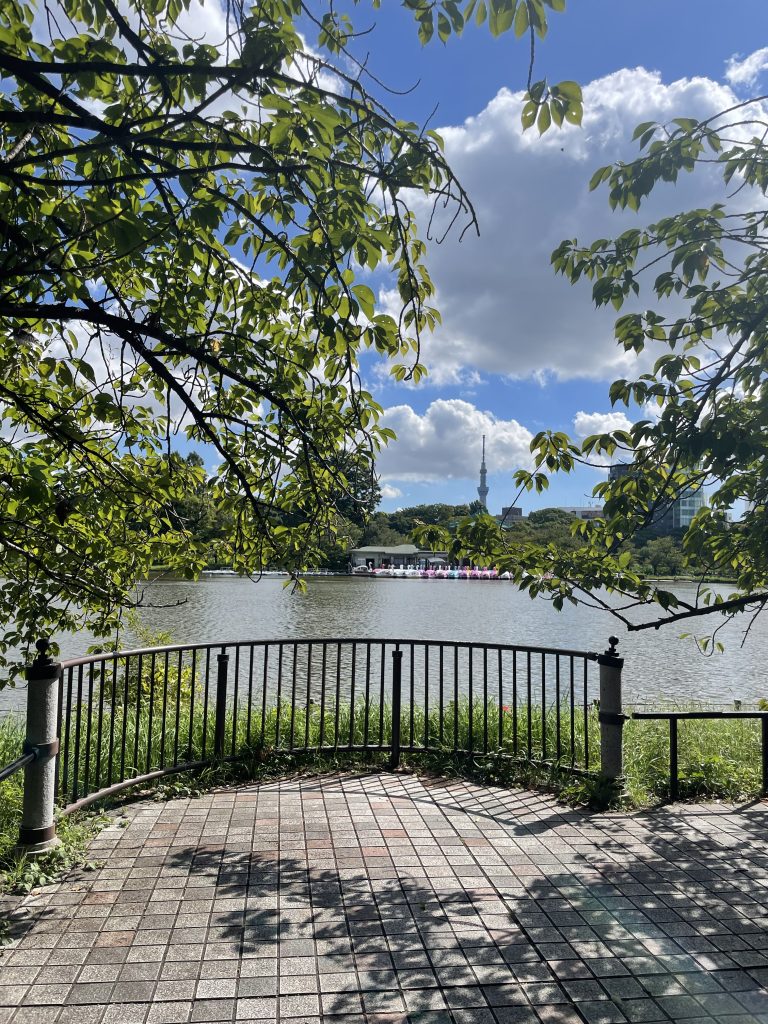
Visit the Imperial Palace and National Museum of Nature and Science. The tours at the Imperial Palace are free but registration is needed either on the day or in advance.
If museums sound boring, book a local cooking class! This one linked here is a Ramen and Gyoza cooking class. Cooking classes or group experiences are a great way to assimilate to the local culture.
After, head back to Asakusa and shop at the Don Quijote which not far from the hotel. I found that location to be one of the larger ones to visit and one that felt less busy and crowded. Be sure to grab some of the Kit Kats as other Don Quijote locations, in more touristy areas like Shibuya and Shinjuku, often were sold out of many options. Stock up on some incredible Japanese skincare, haircare, and fun snacks!
Head back to Sensoji at night – it is even more magical in the evening.
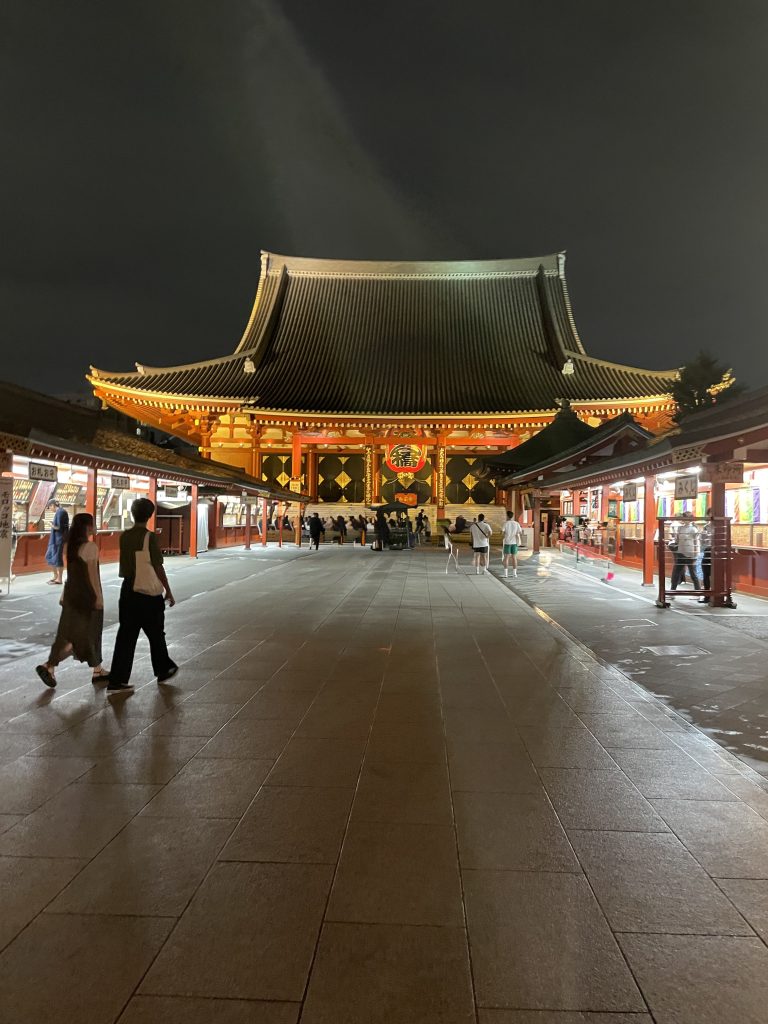
It is incredibly peaceful to just sit and pay respect to the temple and shrine.

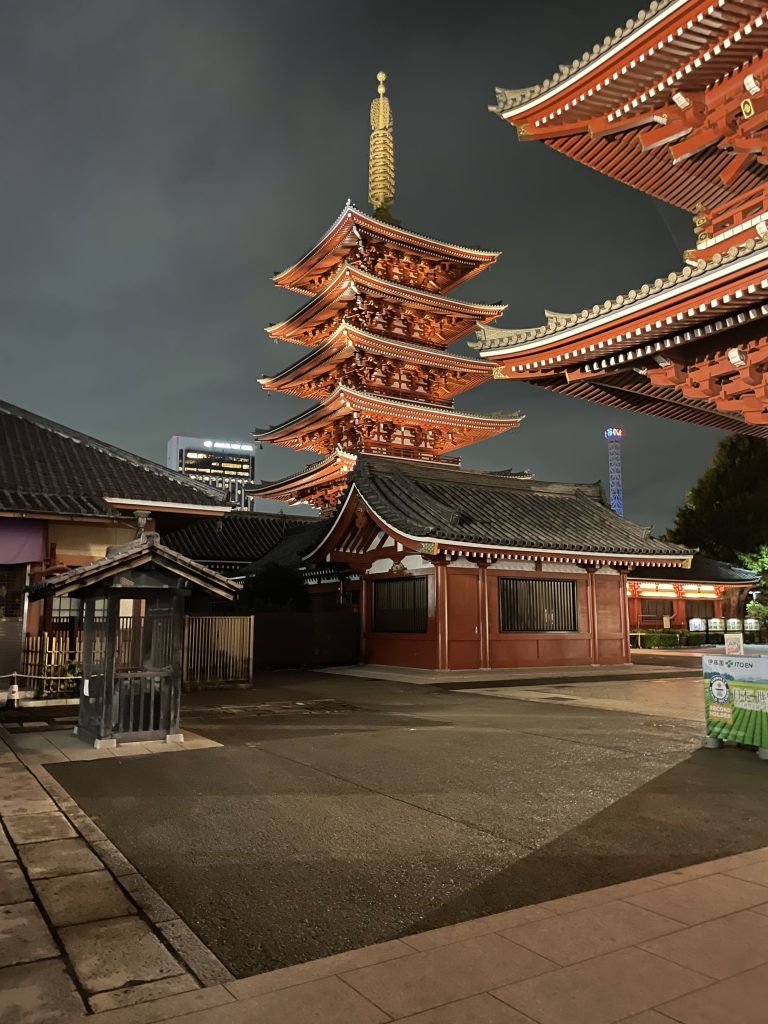
Stop by the 7- Eleven next to the hotel for a fun dessert, snack, or a sando. Sandos, short for sandwich, are a very popular snack in Japan. One of the most popular sandos you will find at a convenience store is the the strawberries and cream one. Lawsons is another big convenience store that sells delicious soft serve and has fun snacks like Kit Kats!
Kit Kats are very popular in Japan as they resemble the phrase “good luck” in Japanese, as well as being a common gift for big achievements like graduations.
Head to Hoppy Street to try a local Hoppy beer if you enjoy a beer or just walk the streets.
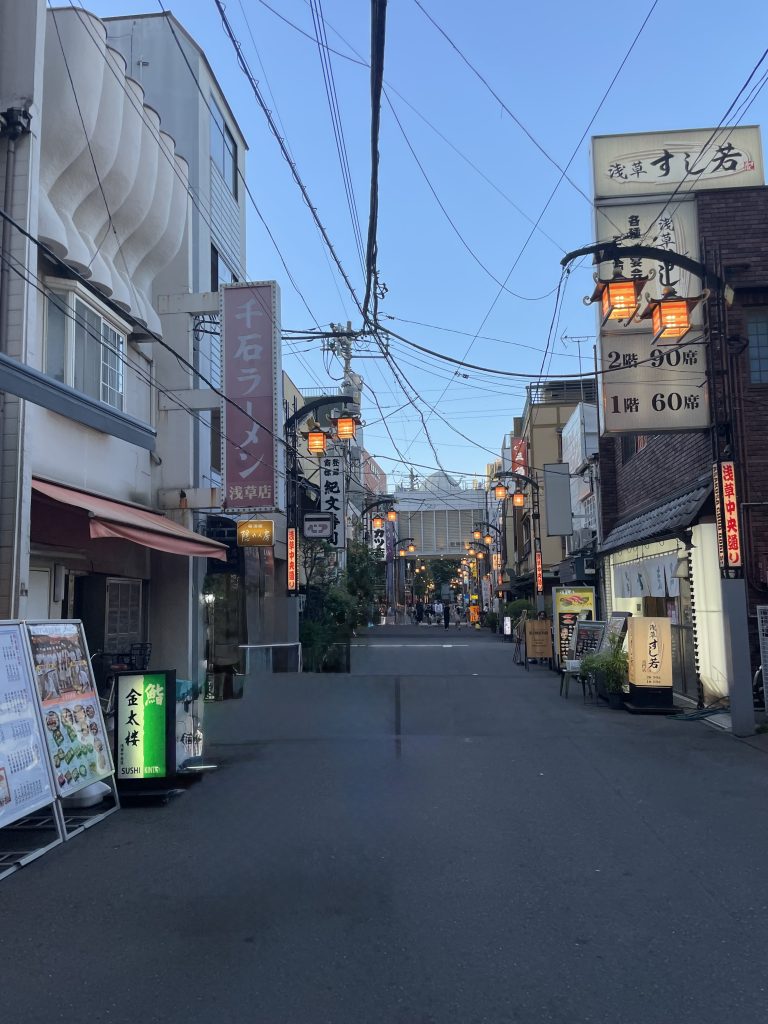
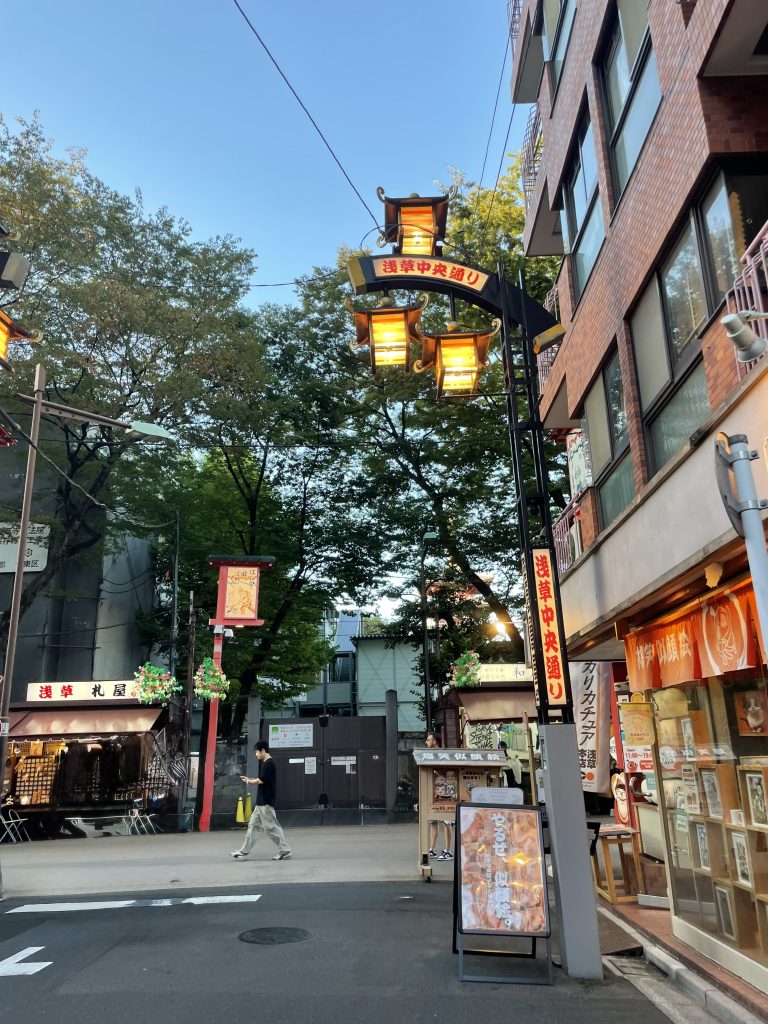
Enjoy Asakusa at night when the crowds are gone.
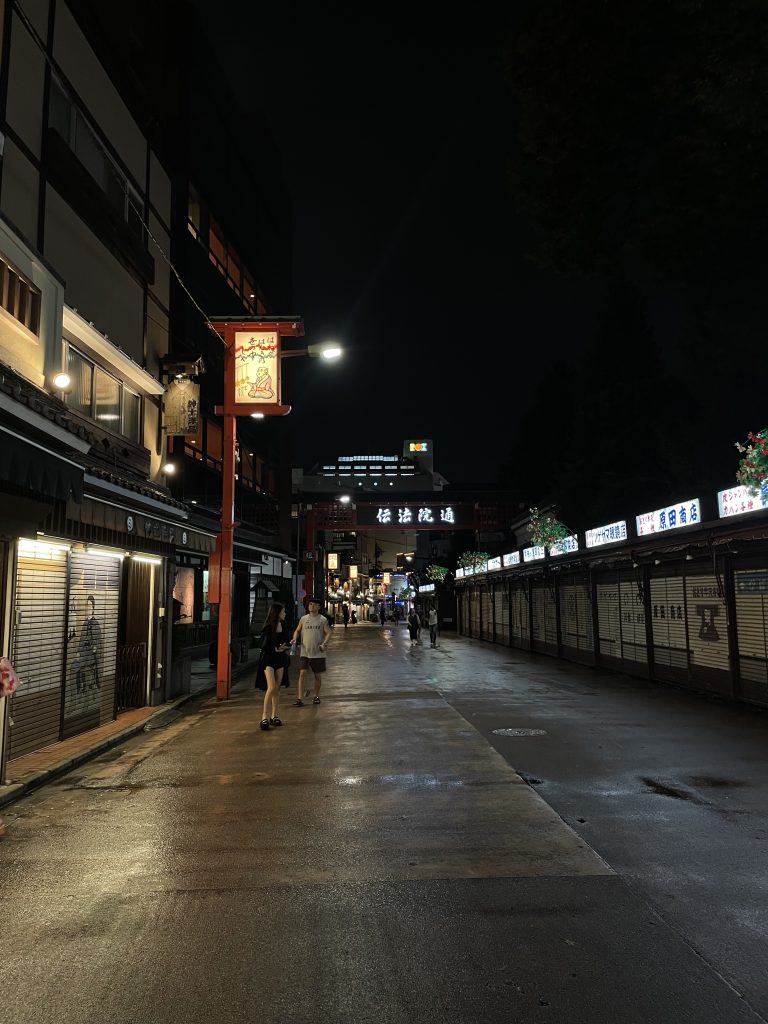
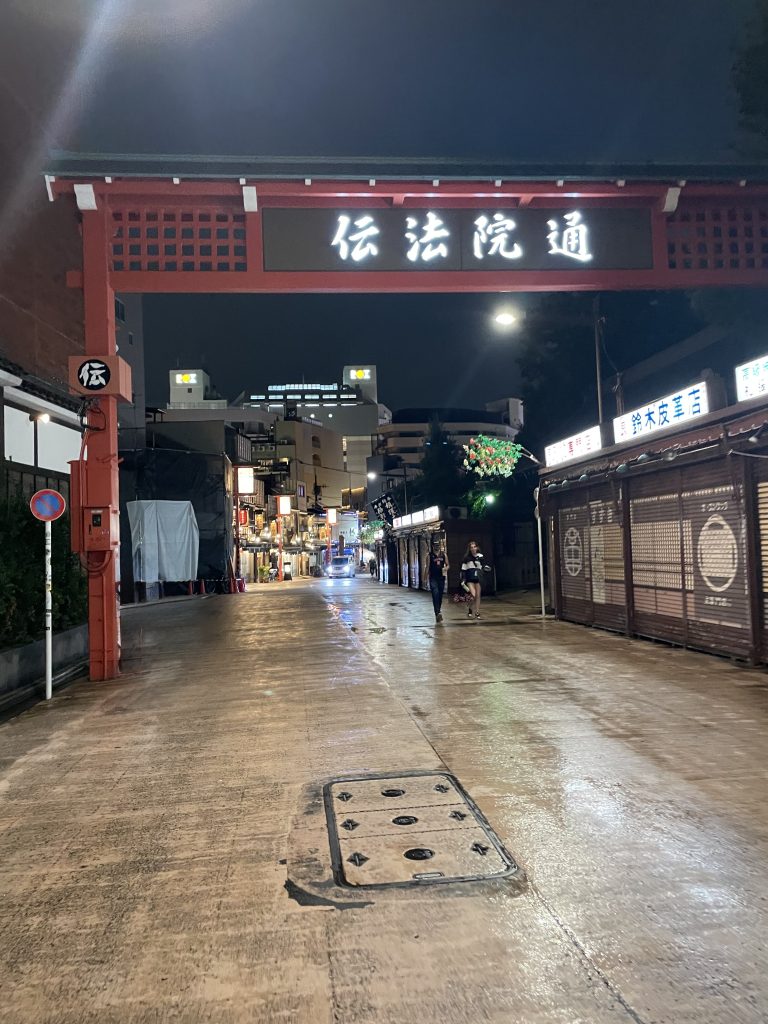
Days 4-7: Weekend Trip Outside of Tokyo
If you have more than one week in Japan, I highly recommend getting out of TOkyo as there is so much for to see in Japan. See the Riding the Shinkansen section below for train tips and tricks.
Nagoya
If you visit Nagoya, eat at any of the Ichiran locations, though they also have locations throughout the country. Head to Nagoya for the F1 race. If you are not a Formula One fan you can skip Nagoya and substitute it for 4 days in Kyoto, Osaka, Mt. Fuji, Ito, Kobe, Sapporo, or Hakodate. While I enjoyed Nagoya, I wouldn’t recommend going there just for the day unless you are going to Suzuka Circuit for the race.
What I loved about Ichiran is the set up which is similar to many ramen and udon restaurants: you select what you want from the machine, you pay at the machine, grab your ticket, and you wait until a seat opens up where you are escorted to your seat. The little window in front of you is open and someone from the kitchen will take the paper and bring you your food not long after. Then, you eat alone as the window goes down and there is a side bar on either side preventing you from looking at the person next to you! It might seem like a weird concept at first but it is a genius idea, and normalizes eating alone.
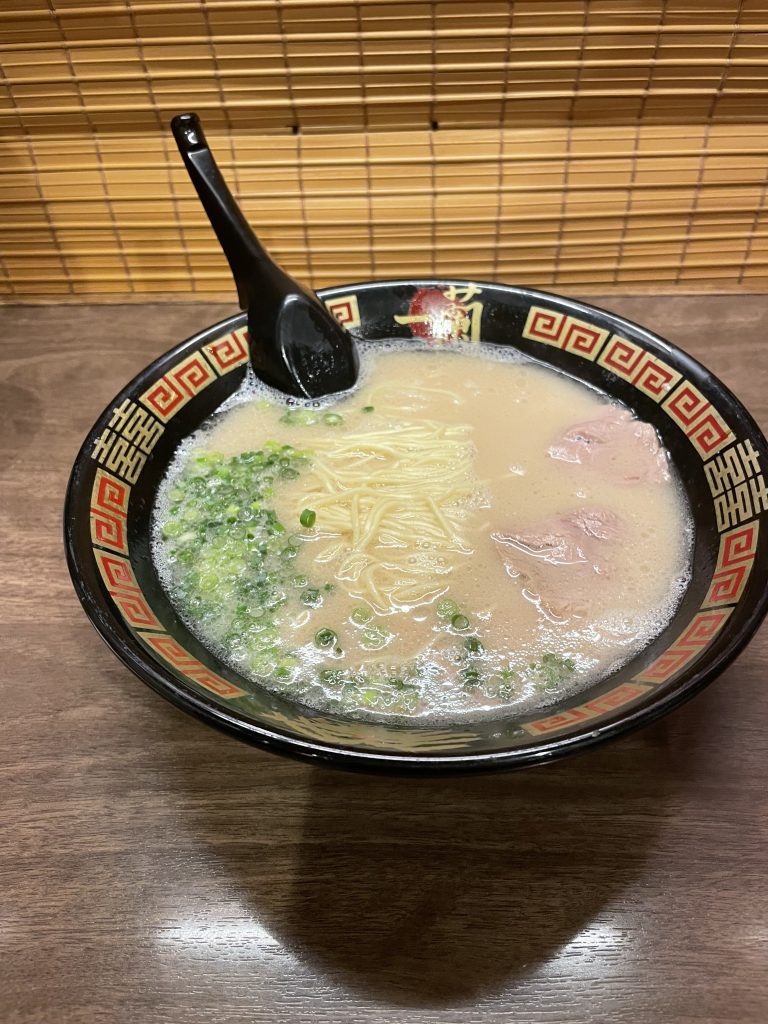
Spend a few hours shopping or browsing in the Nagoya train station. The Uniqlo there was one of my favorite locations! Check out a head spa, a classic Japanese experience.
Visit the Nagoya Castle. This castle is beautiful and well worth a visit. You can purchase a ticket and the ticket booth upon arrival.
Kyoto
Start the day with a coffee at %Arabica and fluffy soufflé pancakes at Gram. Be sure to make a reservation to secure a spot.
Kyoto Imperial Palace
Visit Kyoto Imperial Palace which served as the imperial residence for over a thousand years! The Imperial Palace is beautiful and worth a visit. There is a beautiful garden in the palace walls making for a great photo opportunity.
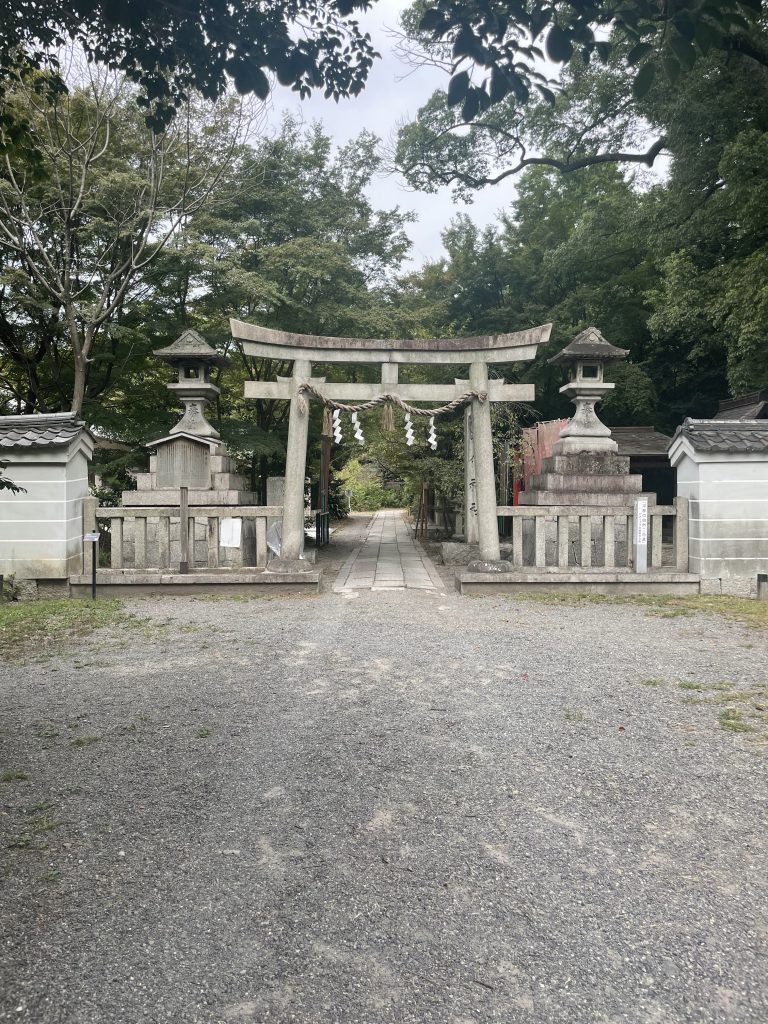
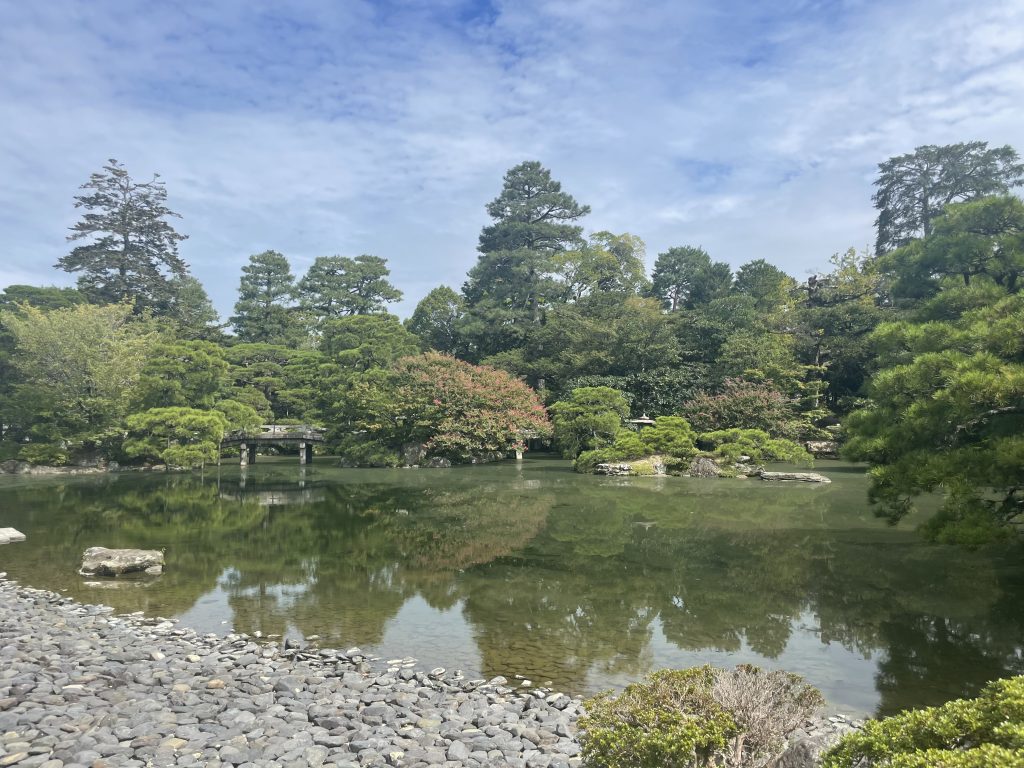
Nijō Castle
Nijō Castle, seen below, was built in 1624 and invites visitors inside the palaces.

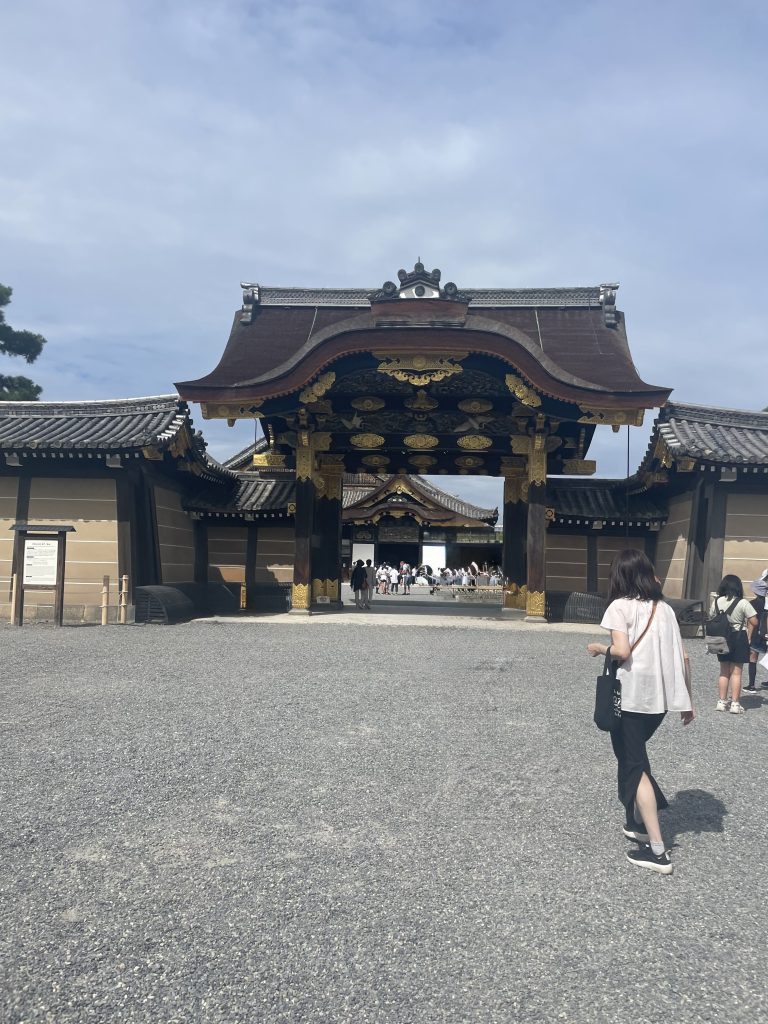
You can actually go inside the palace and see the ornate dealings and scripture embedded in the walls. You will need to remove your shoes and place them in a cubby before you can go in.
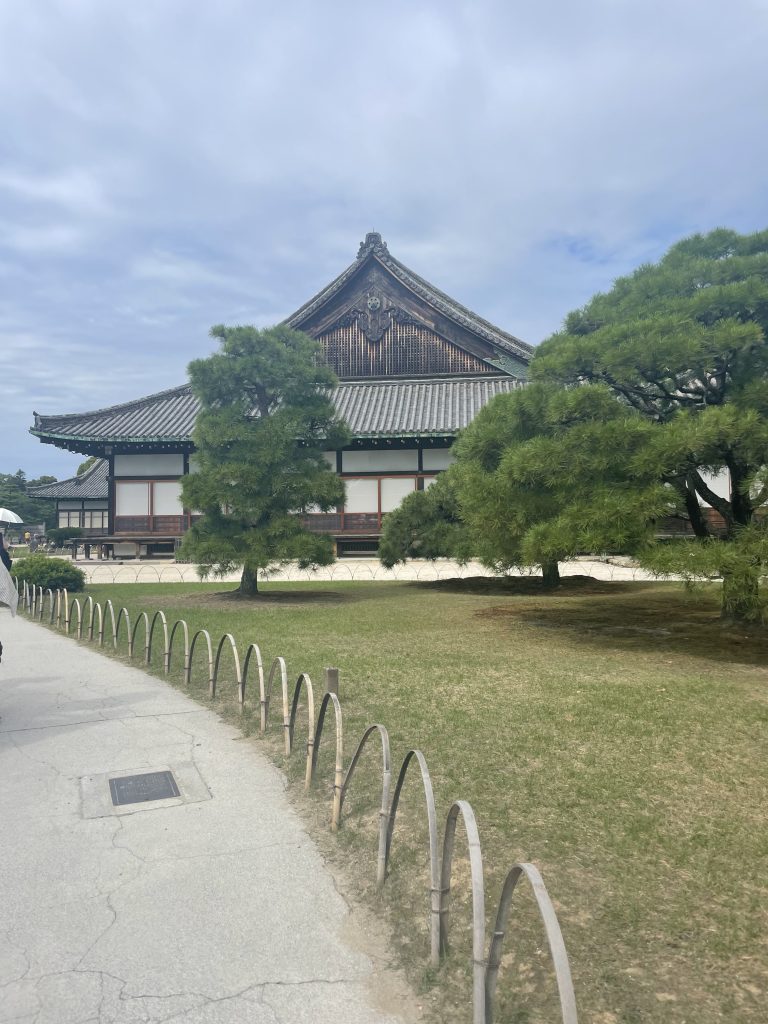

Fushimi Inari Shrine
This shrine is one of the most photographed shrines in Kyoto. Get here early for the best experience as it gets really crowded with schools and tourists. As soon as you step off the train you are greeted by tourists but also the first of many red torii gates.
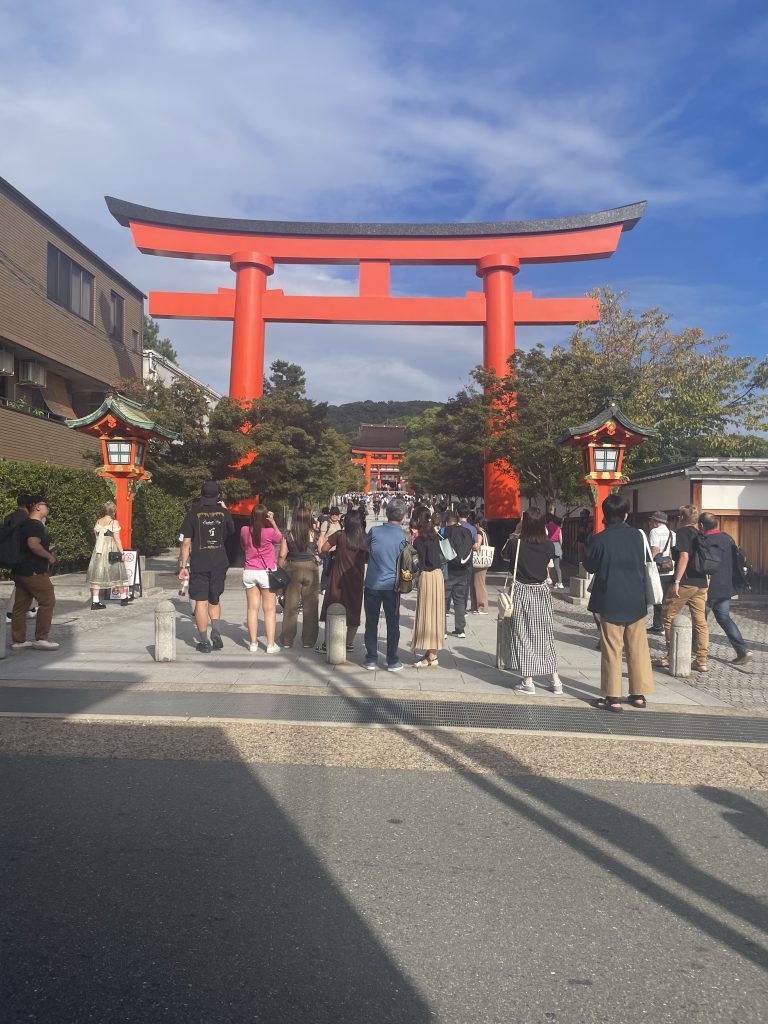

You will walk up the stairs and see a few path options to follow the walk through a stunning forrest of approximately 10,000 torii gates. There are various paths you can take depending on how far you want to walk.

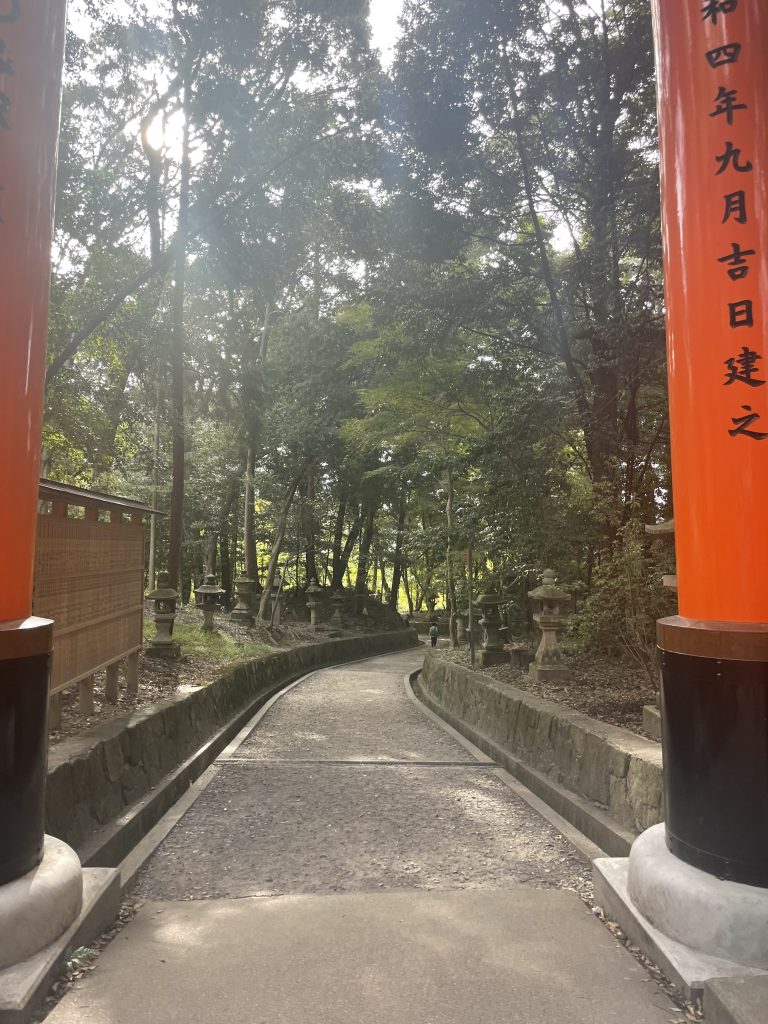
There is some amazing soft serve just outside the entrance so be sure to stop by!

Another temple to visit is Kinkakuji-ji- gold temple. While there, get the gold soft serve across the street (outside the temple gates).
Another place to see is Kiyomizu-dera which provides a great view of the city since it is on a hill. I recommend going at sunset, letting the temple glow with the setting sun.
For dinner, visit Sobanomi and enjoy watching fresh soba noodles being crafted right before your eyes!
Nara, located close to Kyoto, is a well-known tourist destination where visitors can feed deer in a picturesque forest-like setting. While this can be an enjoyable experience, I recommend skipping it and instead exploring the Imperial Palace or visiting stunning castles such as Nijō Castle. Alternatively, you could explore the many beautiful shrines scattered throughout Kyoto.
Mt. Kurama is undoubtedly one of the most beautiful day trips just outside downtown Kyoto. Step into temples rooted in history, wander through lush cedar forests, and enjoy a refreshing, accessible day hike—all within reach. This blog will share how to get there from Kyoto.
Day 8: Akihabara, Mario Kart Street Racing, and Kanda Shrine
Head back to Tokyo and check into your new hotel in the fun and exciting neighborhood of Akihabara. Here you will find Mario Kart Street Racing, all things anime, video games, and the Kanda Shrine! Akihabara is well connected to other parts of the city if you want to pop over to Yoyogi park for the afternoon or night to see the Meiji Jingu shrine at night.

Akihabara is packed with fun and quirky shops, video games, electronics, and unique little stores. Super Potato is a popular video game store where you can test your luck playing a variety of games.
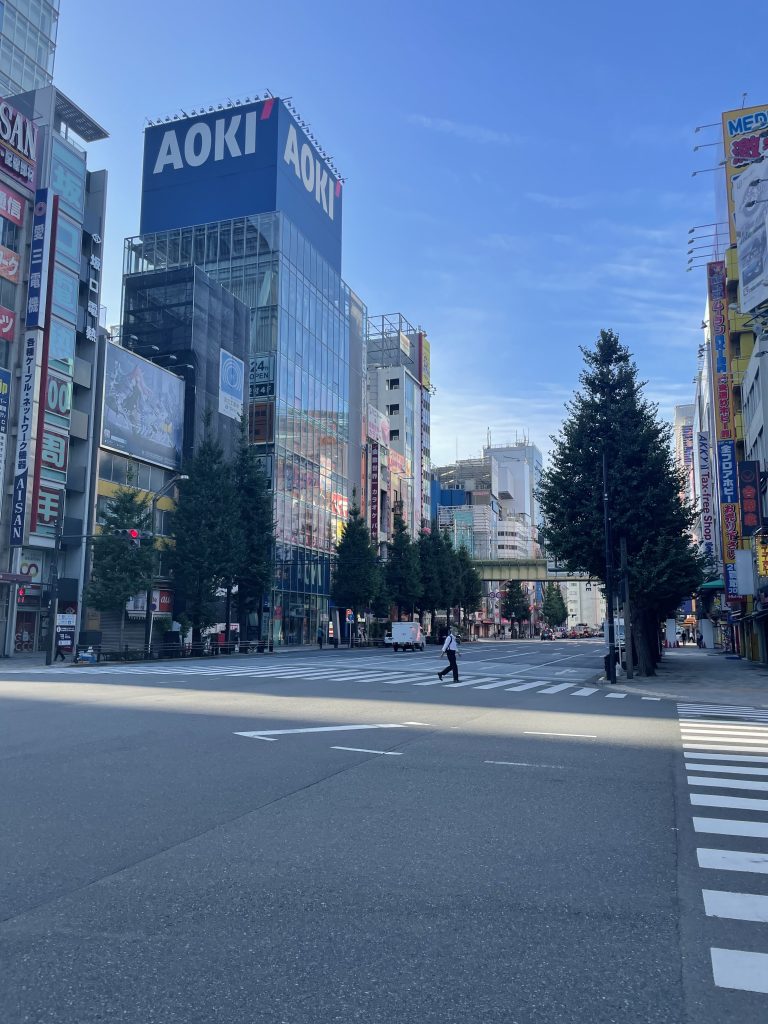
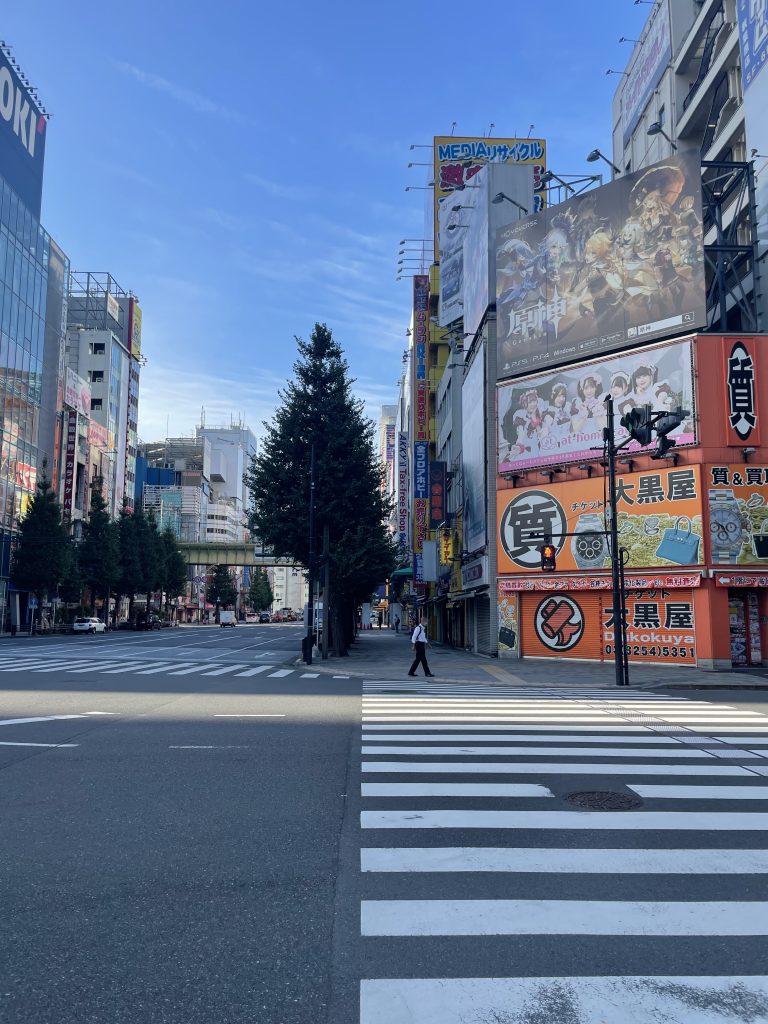
Dress as your favorite Nintendo character and ride a high speed go kart through the streets of Tokyo. I would suggest doing a two-hour tour around 6:00pm so you can see sunset as you drive and end with the night lights. What is great about the street cars is it’s going to take you to places in the city that you might not otherwise see.
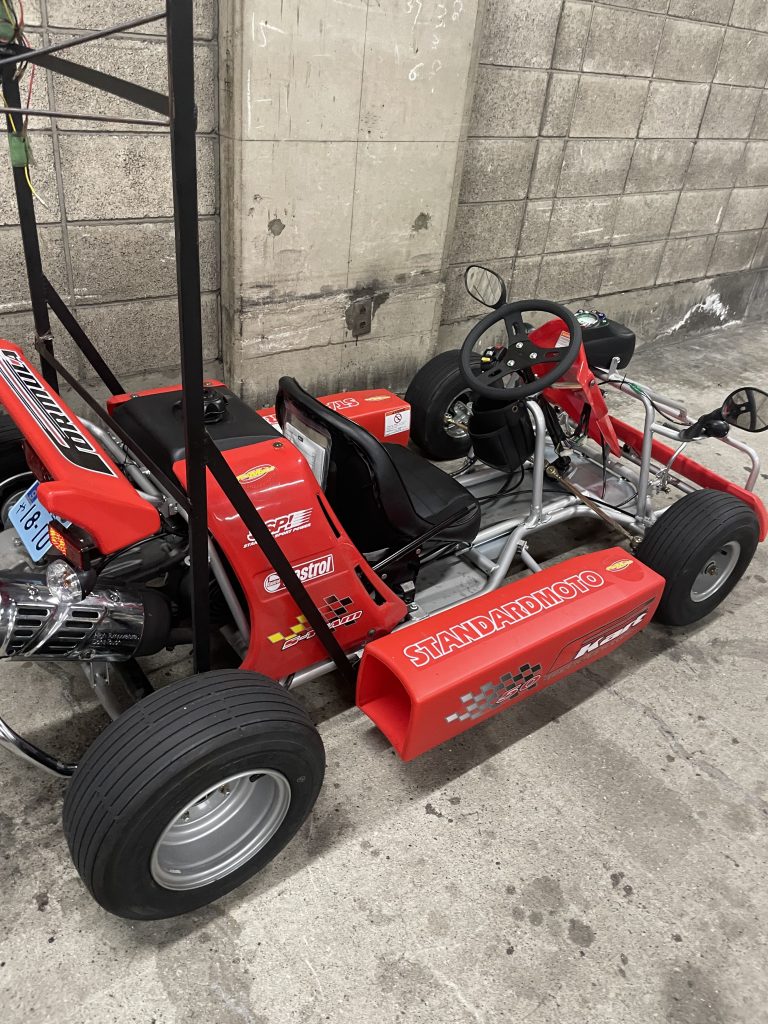
Book your Mario Kart Street Racing
You will need an international drivers permit to drive and can book one at a local AAA office if in the U.S. The whole need for an international drivers permit feels unnecessary and a bit of a scam but it is a requirement to drive the street cars.
Kanda Shrine
The Kanda Shrine provides a nice haven away from the hustle and bustle. There is a delicious soft serve inside to try!
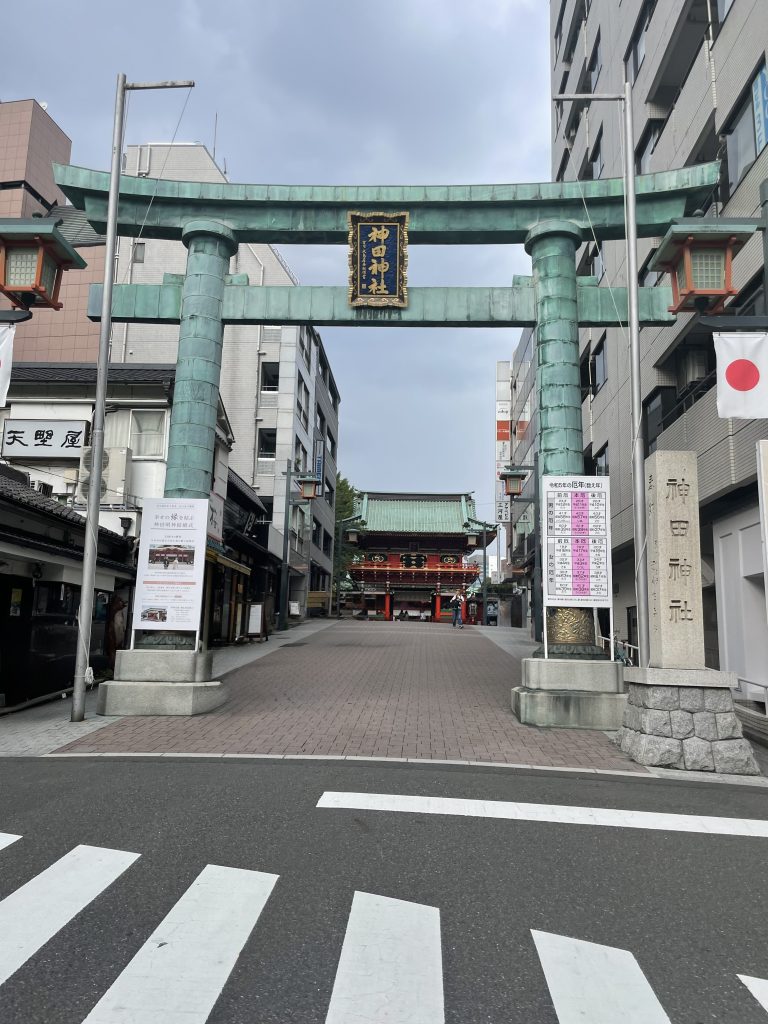

You can spend about an hour walking around the grounds and taking a moment to sit and pay respects.
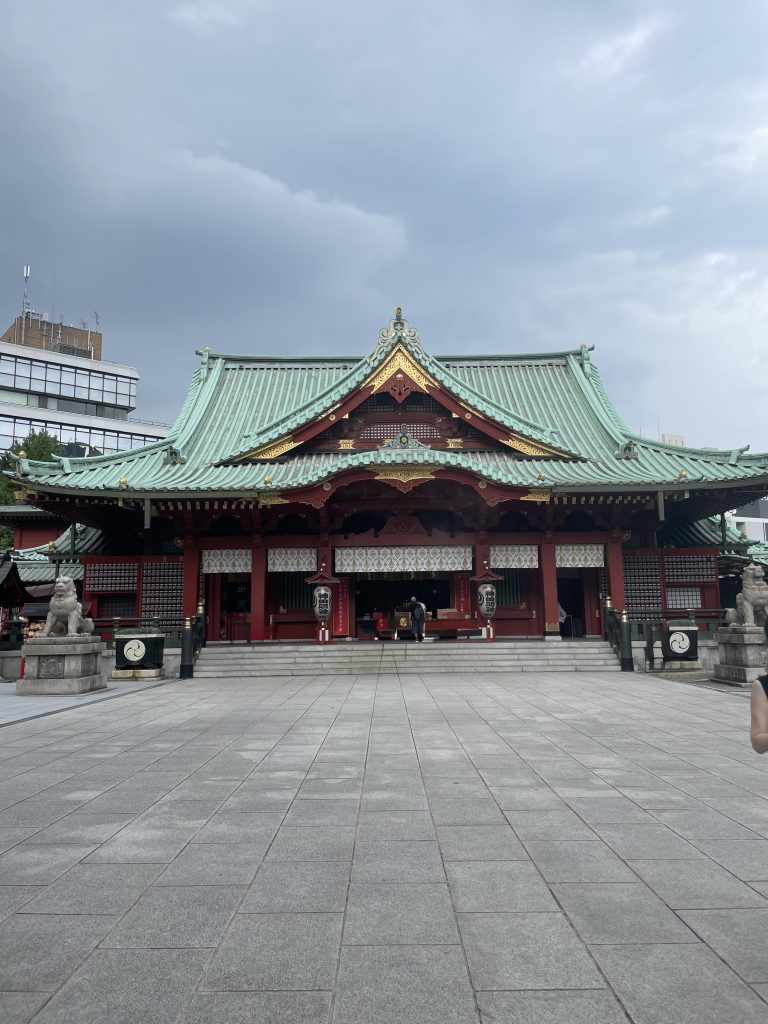
The hotel I suggest, Nohga Hotel Akihabara Tokyo, has a great dinner menu. The pizza is delicious and the bar is a fun place to hang out. The breakfast served is delicious, with a wide spread of fruits, meats, pastries, and juices.
Day 9: Free Day
Take a day trip to Kamakura or visit one of the many other museums like Mori Art Museum. Or spend time at Uminomori Park in Koto City, just over the Rainbow Bridge. This area is fun and provides a different perspective of Tokyo and change of scenery.
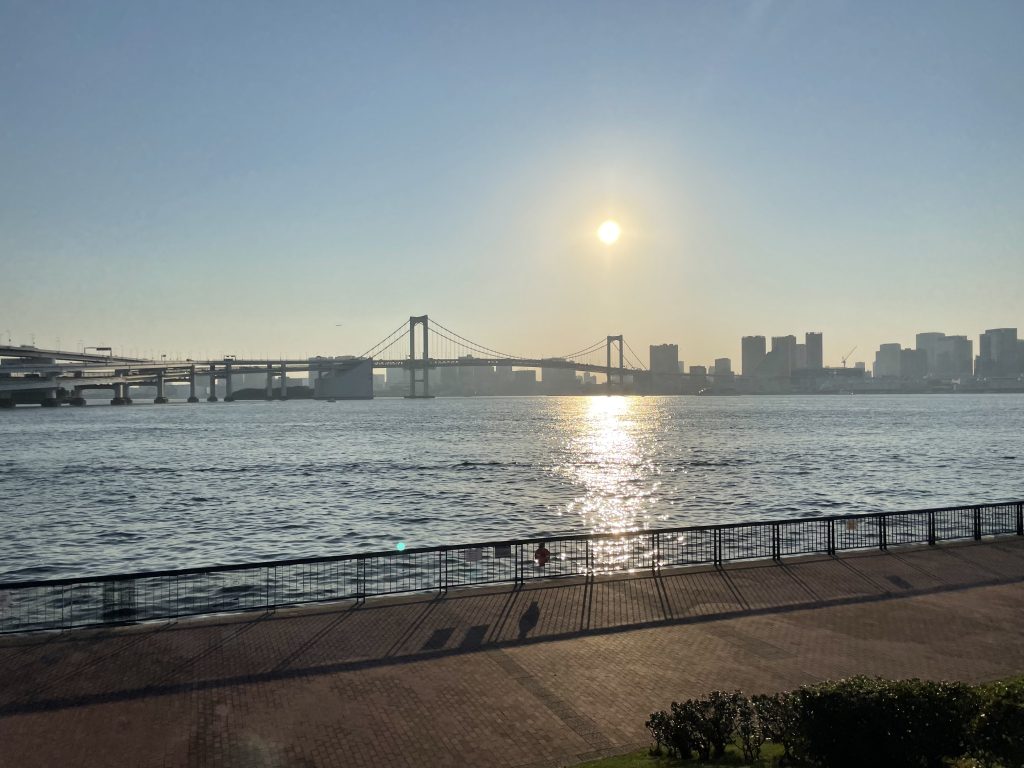
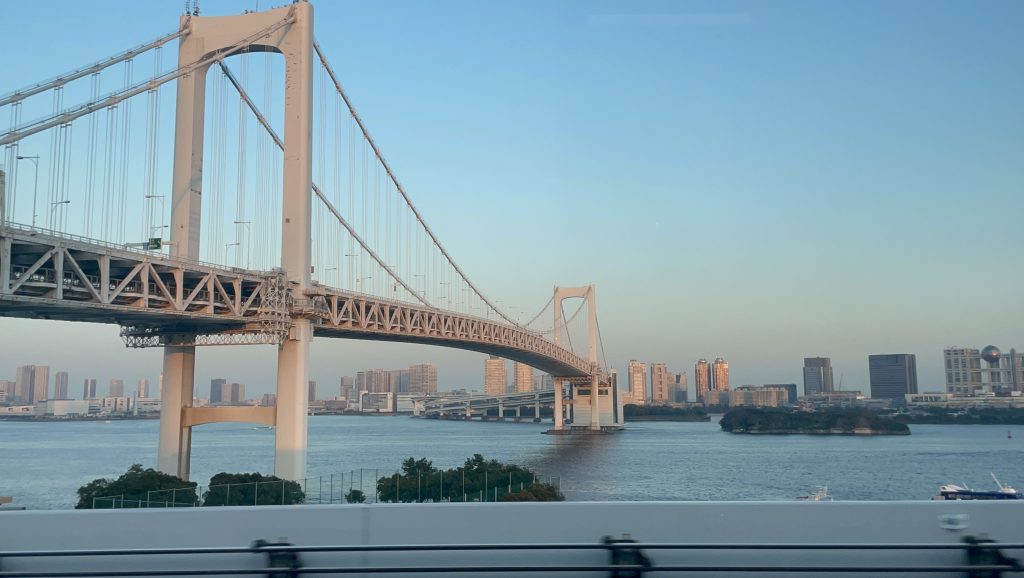
Head to Shibuya in the afternoon and visit the mega Don Quijote, one of the larger stores. Cross at the famous Shibuya crossing. It is very overwhelming as there are so many people yet underwhelming as the crosswalk felt larger than it actually was.
Shibuya has a lot of fantastic food options. Grab a croissant at Saint Marc Cafe – Shibuya Dogenzaka, soufflé pancakes at Flipper’s Shibuya, or Shabu Shabu at Nabezo Shibuya Koen Dori.

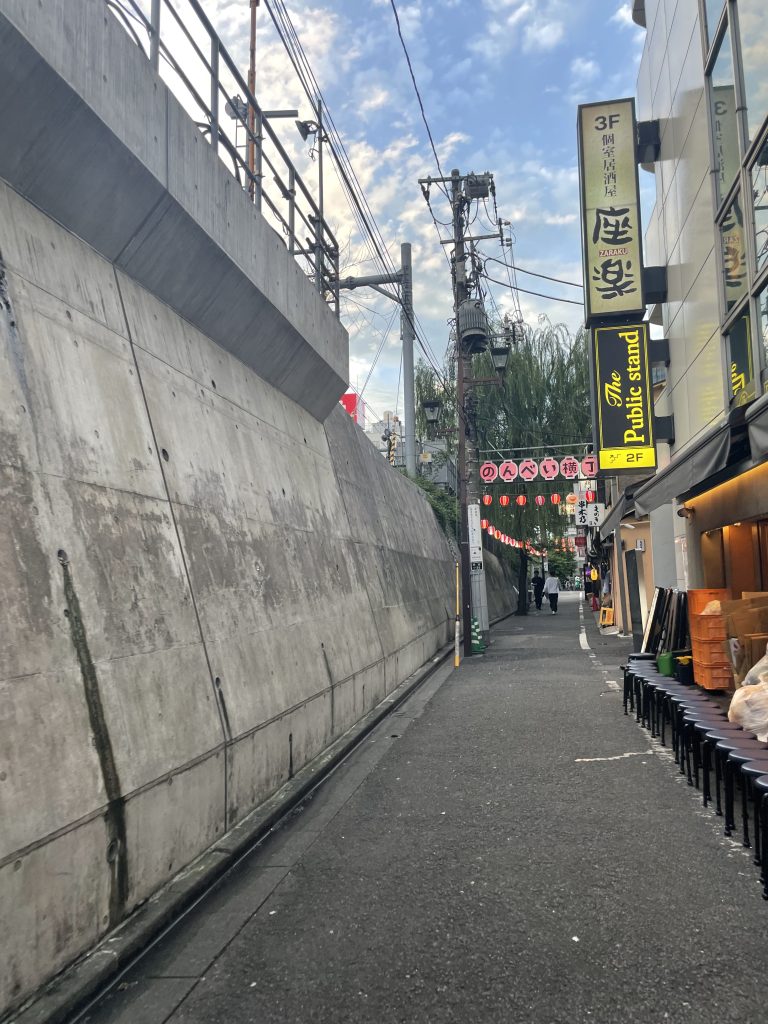
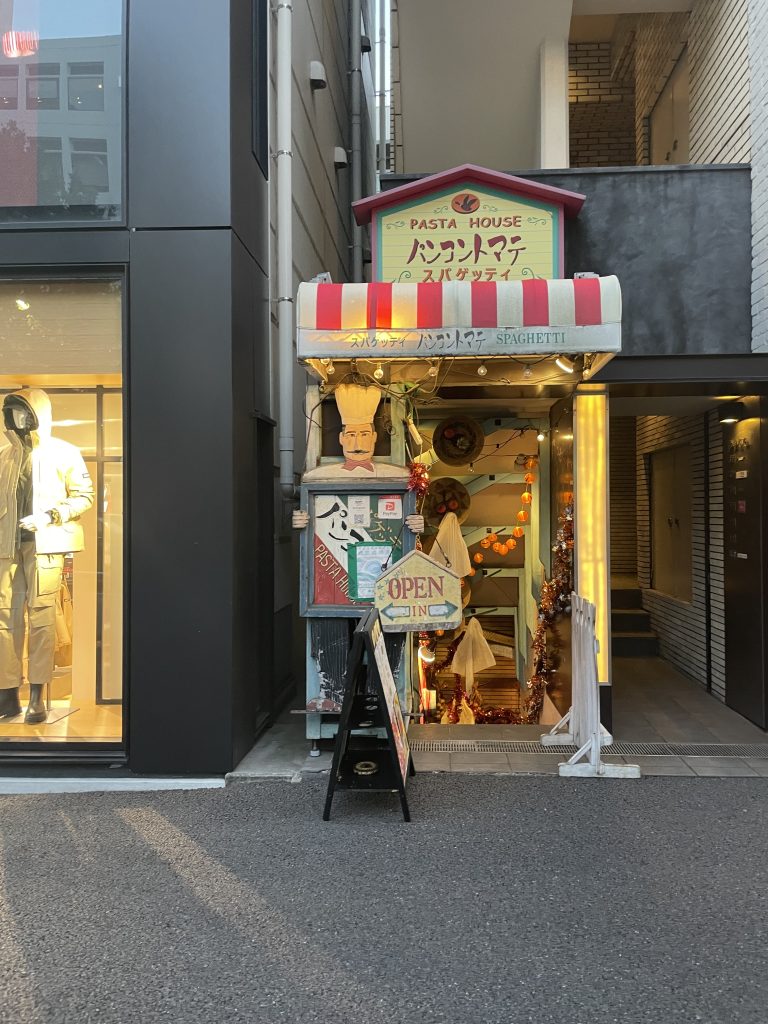
Stop by Miyashita Park, a three-story building offering a wide variety of clothing stores, coffee shops, toy stores, and more. Be sure to visit Miyashita Cafe + Softcream for a delicious piece of strawberry shortcake! This was my favorite version of strawberry shortcake I have tried.
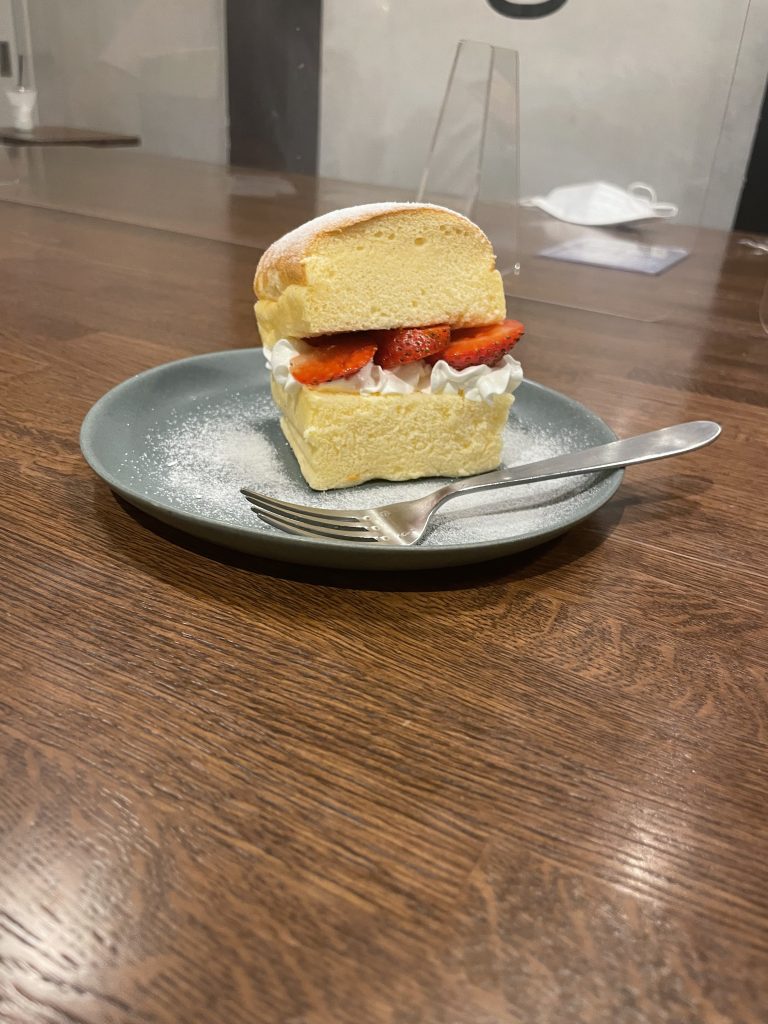
Day 10: Ginza and Hamarikyu Gardens
Head to Ginza for a fun day of exploring! This neighborhood reminded me of Soho or 5th Ave in NYC with the luxury designer stores and expensive cars lining the streets.
There is some great shopping in Ginza if you are into high-end experiences but there is also a giant Uniqlo and other quirky shops nearby. There is a MUJI flagship store which is similar to a Daiso or Ikea in the sense there is a lot of inventory from food to home products.
Stop by Yakitori Alley and see the charming small street lined with restaurants and bars.
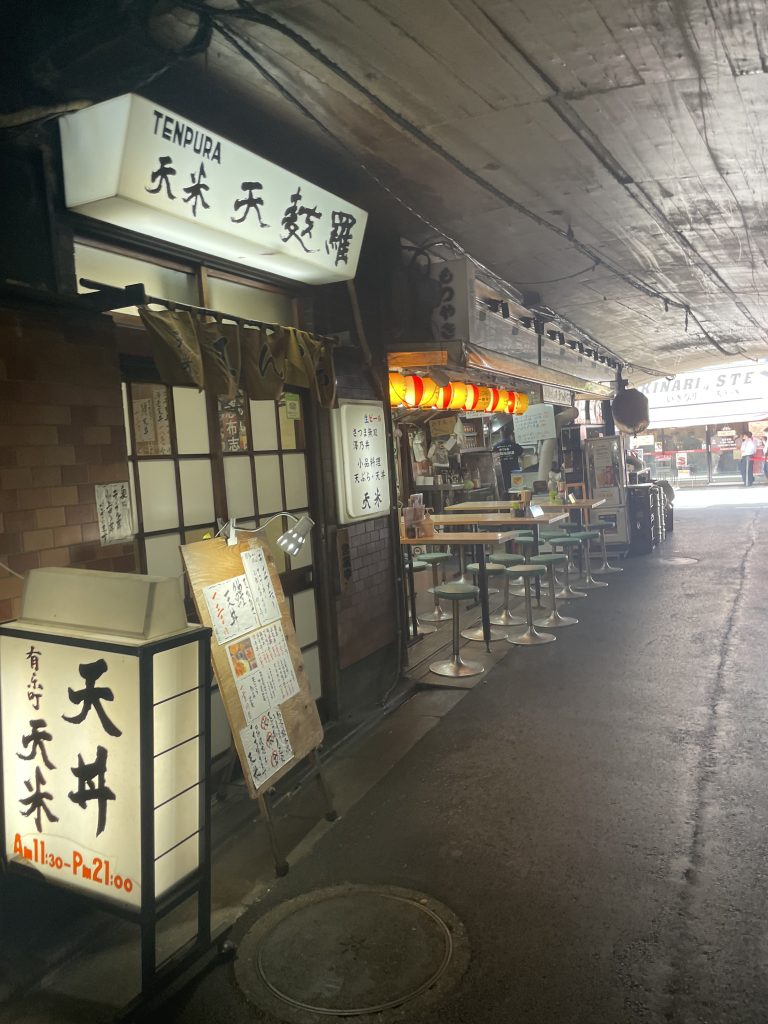

Have lunch at TsuruTonTon for some incredible Udon. This was my favorite place for udon in Tokyo. The building its located in has some really unique stores so be sure to spend some time just exploring.

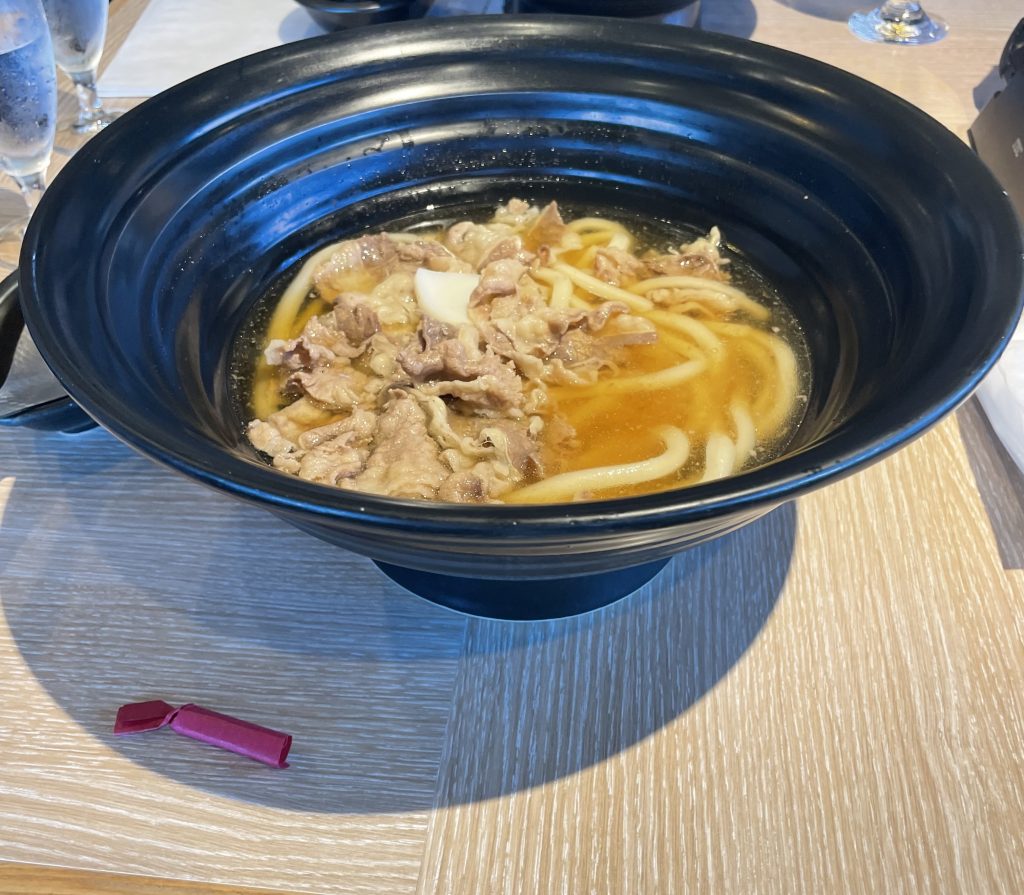
A common stop on many itineraries is the Tsukiji Outer Market, though this is something I really would not recommend, It is very busy, you need to arrive early, and honestly is one of those things that you can skip. However, if you have time and want to see if, stop by Strawberry Mania at the market for a fun treat.
Hamarikyu Gardens is a beautiful green oasis in the heart of the city. Tokyo offers many stunning parks that whisk you away from the hustle and bustle, making you forget you’re in a busy area.
Have dinner at Shin Udon, said to be one of the best noodle spots in Tokyo. A line forms early so be prepared to wait.
Be sure to try an ice cream at Excelsior Caffé, a popular chain of coffee shops with a delicious soft serve. You likely will read or hear about the soft serve at Lawsons, a convenience tore, and both are delicious. In Akihabara, you can walk down the street and see a Taiyaki shop. Another must try when in Japan- Taiyaki! The traditional way is a red bean paste stuffed in a fish-shaped pastry dough, but my favorite way to enjoy Taiyaki is with the custard flavor!
Day 11: Free Day
If you spent days 4-7 in Kyoto, Osaka, or Mt. Fuji, spend Day 11 with a day trip to Kyoto, at DisneySea, or Mt. Fuji. DisneySea is argued to be more fun and unique than Disneyland Tokyo.
Day 12: Tokyo National Museum, Nezu Shrine, Rikugien Gardens
The Tokyo National Museum is a beautifully curated museum dedicated to Japanese art and culture. You can spend about 2 hours here and there are a few other galleries neighboring the museum you can spend an hour at least in each one. There is a small garden behind the museum that is beautiful but is a breeding ground for mosquitoes. When I visited, I unfortunately got bit 15 times by the mosquitoes in that specific area which was really unfortunate.
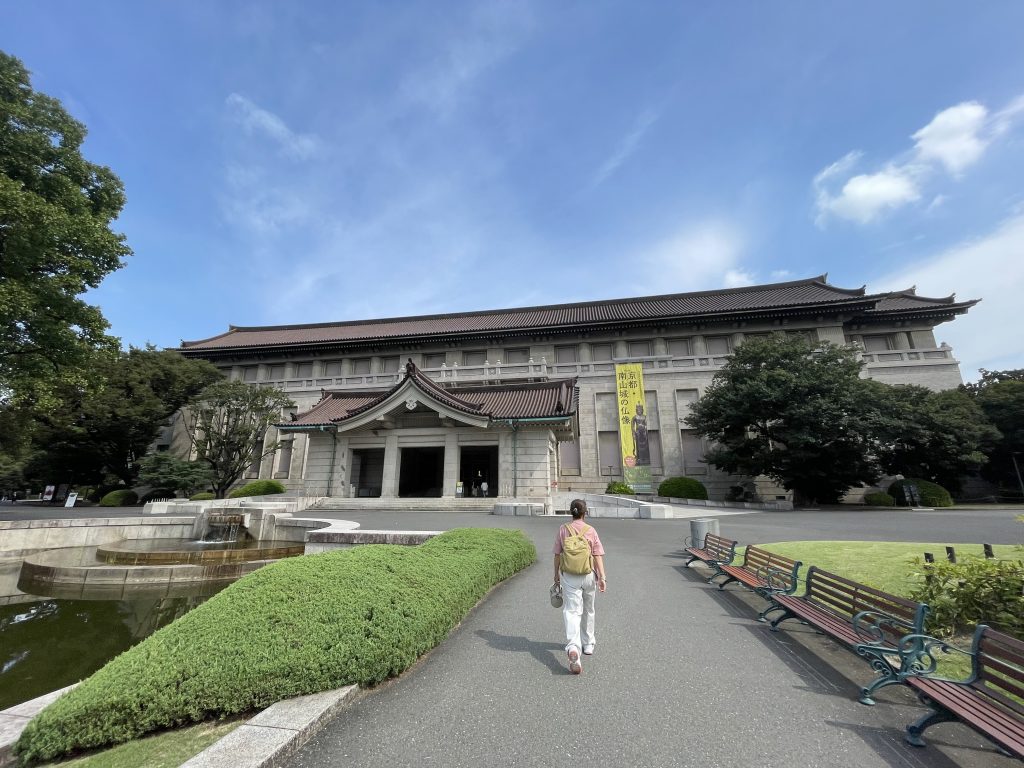
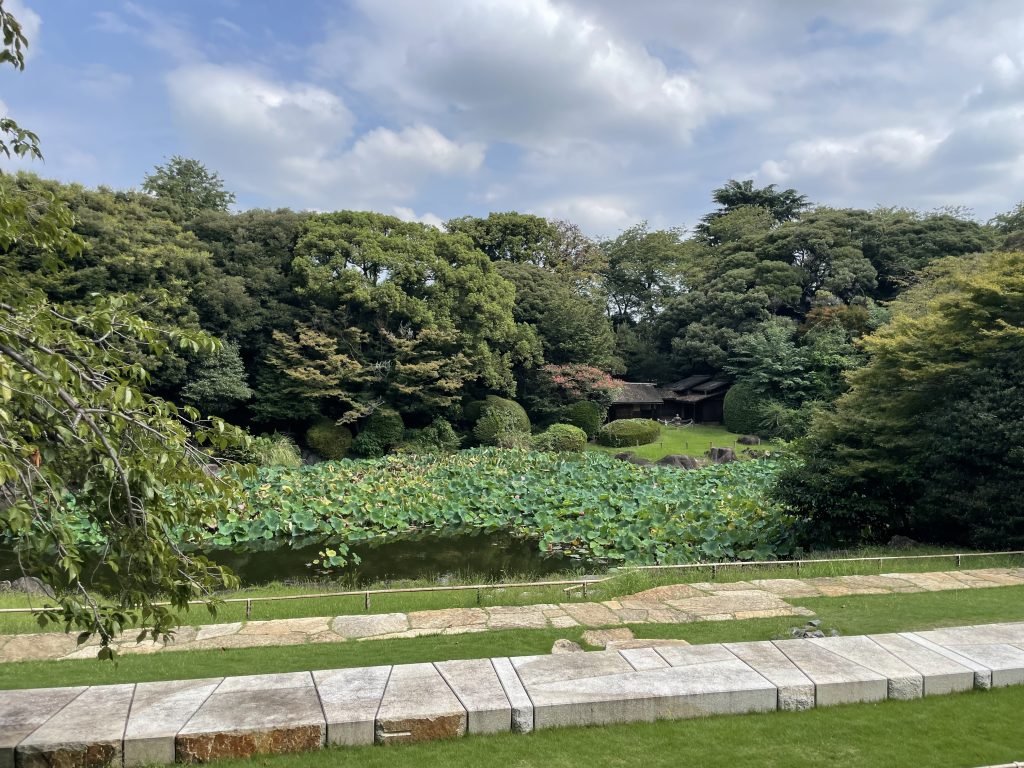
Nezu Shrine is one of Tokyo’s oldest shrines and free to visit. The Shrine has the beautiful red shrines similar to Fushimi Inari Shrine in Kyoto, but has gorgeous gardens, lush landscape surrounding it, and is often less busy. This is truly one of the most underrated shrines and should be on your list!
The Rikugien Gardens is considered to be one of Tokyo’s most beautiful Japanese gardens. Give yourself about an hour to walk around and take in the scenery. There is a tea house on the north side which is a great place to realz and have a cup of tea. Autumn is said to be the best time to visit this park as the trees change colors though the spring time offers the famous cherry blossom bloom. Either way, this park is a must visit.
Day 13: Final Goodbyes
Last day in Japan! This is the day to do all the last minute shopping, head to Don Quixote, and enjoy one more delicious bowl of ramen or udon. Head back to Ueno Park or Yogogi park. Both Parks are so large it is hard to see the whole park in just one day.
Enjoy one last crepe at Club Marion Yodobashi Akiba Ten, a 1 minute walk from the Showa Street Exit of Akihabara Station on the JR Yamanote Line, Sobu Line, and Keihin-Tohoku Line.
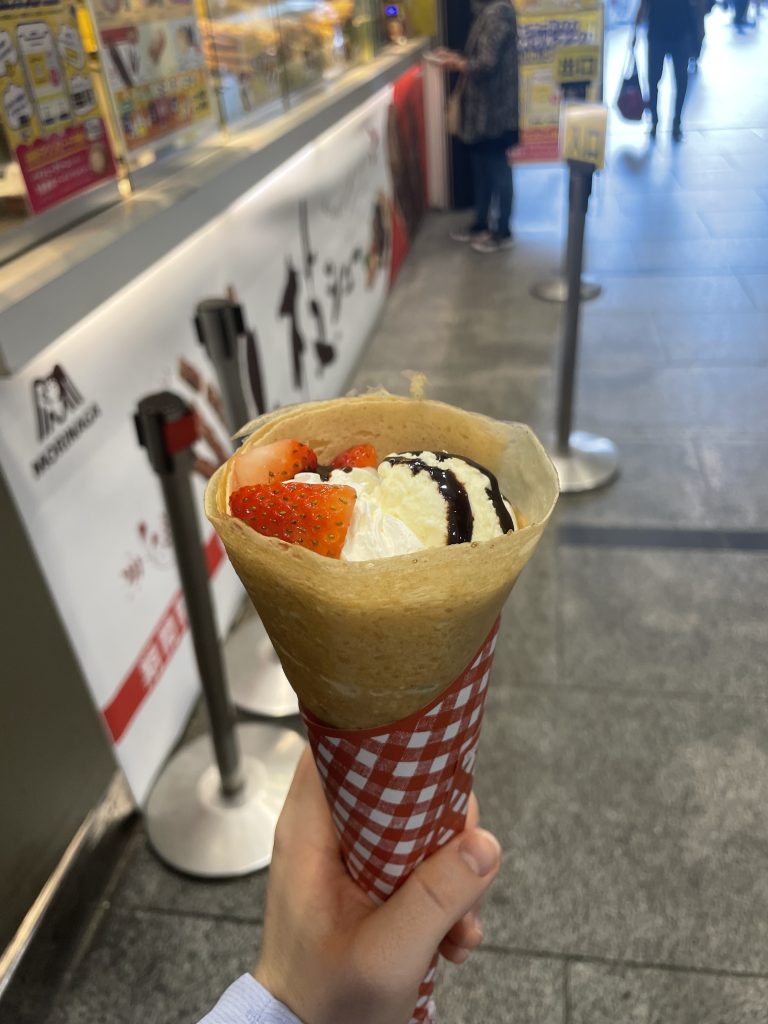
There are a lot of amazing food places in this area, my favorite ramen spot being Kamukura Ramen. If you ever are looking for somewhere to eat, my biggest tip is find the nearest train station/subway station and look there. There are some amazing restaurants hidden in the food hall section of the train/ subway stations.
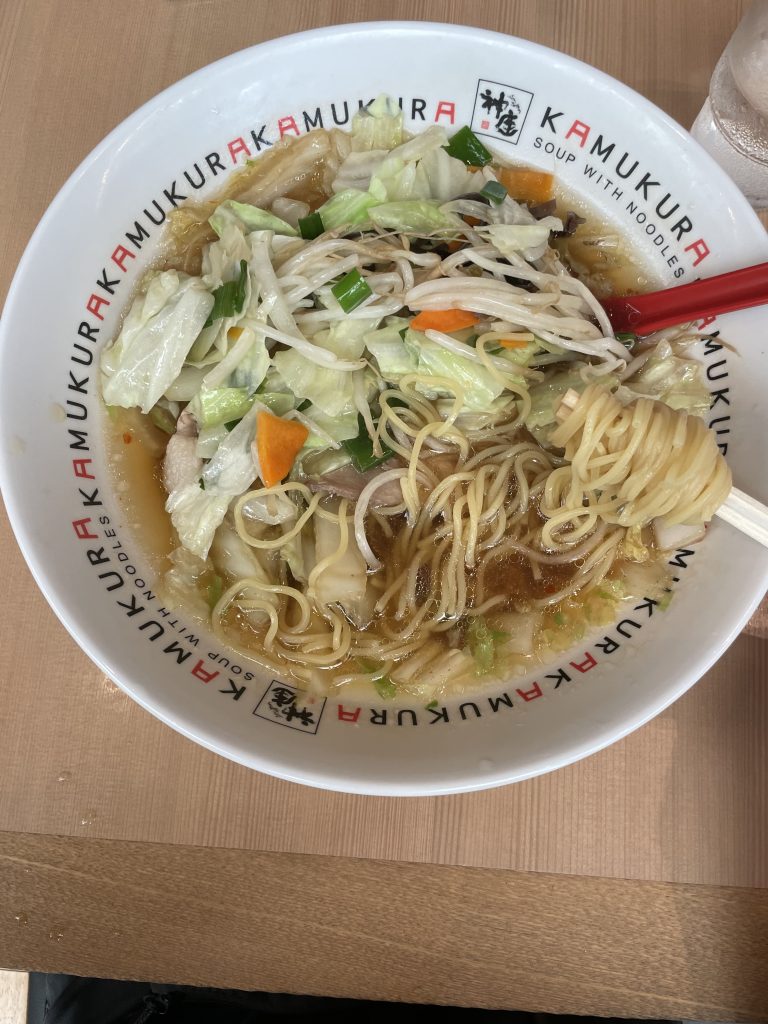
Day 14: Head Home
Enjoy one last breakfast at the hotel before departing for the airport. As mentioned before, I suggest taking the Monorail back to Haneda airport.
That is a wrap on 2 weeks in Japan! I truly hope you enjoyed your time in the beautiful country Japan is.
When to visit
I highly recommend visiting Japan between late September and May, avoiding the summer months entirely. During the summer, it is hot and humid which is not the best for enjoying long days out in the sun and heat.
October and November are great for seeing the fall leaves. Even at the end of September, temperatures are still hot and it is very humid. Leaves do not change until October.
March and April bring the famous cherry blossoms, so if you prefer spring this is a great time to go. It is busy year round but the weather is more manageable in the shoulder season.
Where to stay
Tokyo
There are so many neighborhoods to choose from in Tokyo it can feel overwhelming. I stayed in two neighborhoods in Tokyo and Asakusa was my favorite and where I will stay on my next trip.
Gate Hotel Asakusa. This hotel is the perfect location. It is a 3 minute walk to Asakusa train station and a 5 minute walk to the beautiful Sensō-ji temple. There are so many restaurants and shops only 5 minutes away. The train station easily connects you to wherever you need to go. This area is not only cheaper than most other neighborhoods but it is also quieter. I highly recommend and strongly suggest avoiding Shibuya and Shinjuku to stay in.
Book Gate Hotel Asakusa here
Akihabara Nohga Hotel
Book Nohga Hotel Here
Akihabara is known known for its anime, manga, and video game culture. While this part of Tokyo is busier, it is a great location and provides a change of scenery. I really enjoyed this hotel though; it was very modern, clean, and the staff was friendly. The room itself had cool technology and felt very modern. The breakfast buffet was delicious and the restaurant was very good. It was nice saying somewhere different to experience a new neighborhood. If I had to pick, due to time constraints, between staying in Akihabara or Asakusa, I would recommend Asakusa.
Nagoya
The Royal Park Canvas – Nagoya
Book Royal Park Canvas- Nagoya
I liked this hotel due to its location, modern feel and friendly staff. The train station is about ten minutes making it conveniently located. The one thing I didn’t like was how small the room. I really enjoyed the breakfast set up. A staff member will take your order for a hot breakfast and you will see the chef make it on demand. There is a buffet to choose from as well, all very delicious. There is also a spa all guests have free access to and includes a sauna.
Getting Around
Using the subway
Buy a Suica card right after you go through customs/ immigration to take the train to your hotel. You can add this to your Apple wallet. When I visited in 2023, Suica was not compatible with Visa credit cards, only MasterCard. If you have a MasterCard, you can simply add the Suica card to your Apple Wallet and tap as you go. Otherwise, you likely will need to purchase the physical card from the kiosks in the airport or at any train station.
Using the subway is pretty easy once you do it a few times. Using Google Maps is great as it shows wait times and the exact stop to get on and off at. You simply tap your card or phone to the turnstile and it will let you right through.
Do not touch the doors. There are gates blocking you from getting on the train. Let the people disembark the train prior to getting on. People are very good at helping elderly, those that are pregnant, or parents with children board and disembark.
JR Rail PAss
You will want to buy the JR pass that lets you ride between Tokyo and Osaka. Osaka is about 20 mins from Kyoto on the JR line. I suggest purchasing the 7- day pass and use it only when you go down to Kyoto/Osaka and back.
You can buy the JR pass online. To activate your Japan Rail Pass, go to any JR office. There are offices at Narita and Haneda Airport, though I suggest the one Tokyo Station- look for JR East. When you exit the Marunouchi North Exit ticket gate on the 1st floor of Tōkyō Station, the JR EAST Travel Service Center will be on your left.
Once at a JR office, you will be asked to show your passport (the JR staff will look for the Temporary visitor stamp/sticker) and your Japan Rail voucher (exchange order). Then, select your activation date. The activation date should be the date you plan to take the Shinkansen down to Kyoto, Osaka, or any other area on that line. For example, if you visit the office on a Tuesday and plan to take your trip to Kyoto on Thursday, the activation date should be Thursday.
Riding the Shinkansen
This is the famous bullet train that runs at 285 km/h (177 mph)! You can buy a reserved seat online or choose no reserved seat. There are also smoking cabins and non smoking cabins. Additionally, there is a food service where you can purchase food from, usually a bento box. If you are leaving Tokyo to go south, sit on the right side of the train, meaning you are looking at the train from the side or on the online booking, you choose the row furthest from you. This will give a great view of Mt. Fuji.
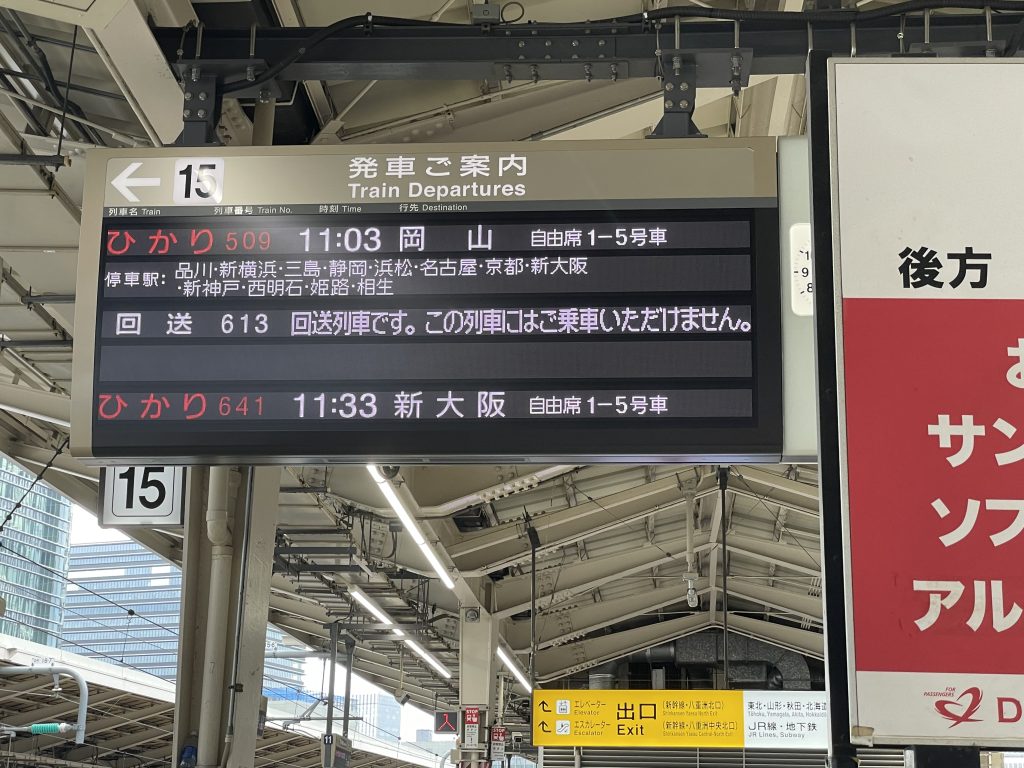
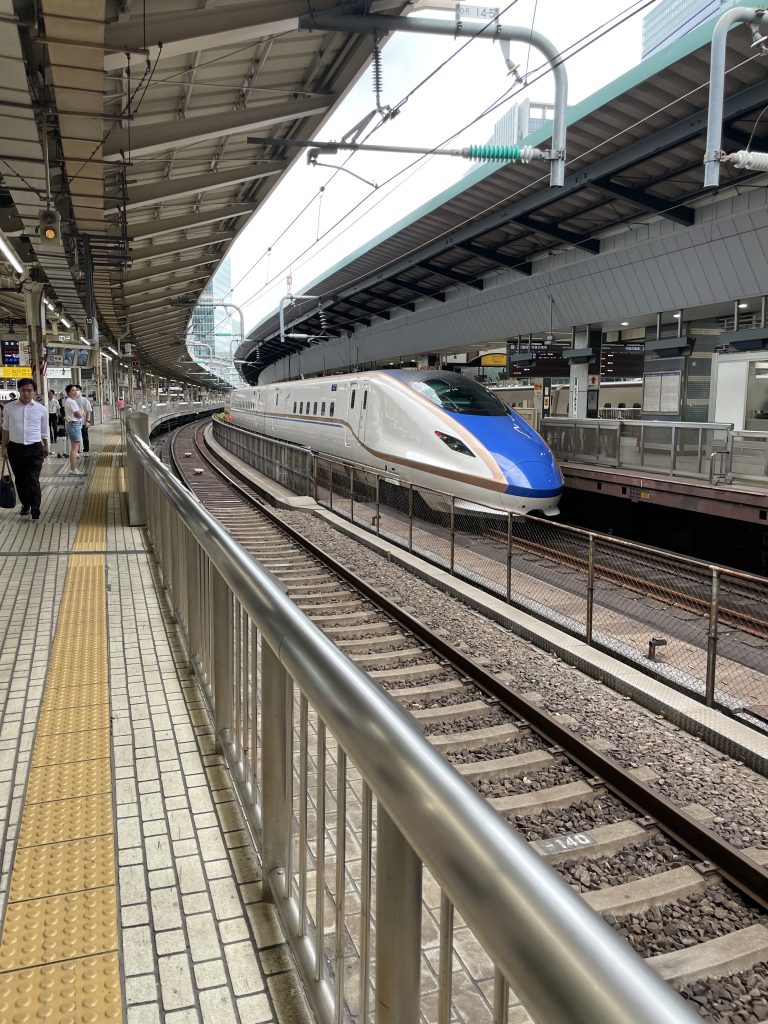
When boarding your train, look for the number. In the picture above you can see the train number at the time the train leaves at. Be sure to be there at least 15 minutes before to allow enough time to find the platform and navigate the station. The train really does leave at the exact time it says.
Good to KNow
- Buy bug (mosquito) spray in Japan. I brought some mosquito spray from home thinking that would help but it didn’t work. Once I purchased mosquito spray in a convenience store, in Japan, I didn’t have any more problems with the bugs. I wish I would have bought it on my first day to prevent the bug bites, or help prevent as much as possible.
- Eating alone is normal. Many of the restaurants have bar-like seating where you can eat alone. Dining alone is very normalized in Japan, compared to the U.S. where it is often seen as strange and uncommon. That is one thing I really appreciated about Japan was how normal it is to eat alone.
- A lot of great restaurants are located in the train station, specifically Tokyo Station. A famous ramen spot, Ebisoba Ichigen Yaesu Underground Street Branch, is located at the train station in Ginza. There are so many times you will look for a restaurants and there is a great ramen or Katsu place in the train station!
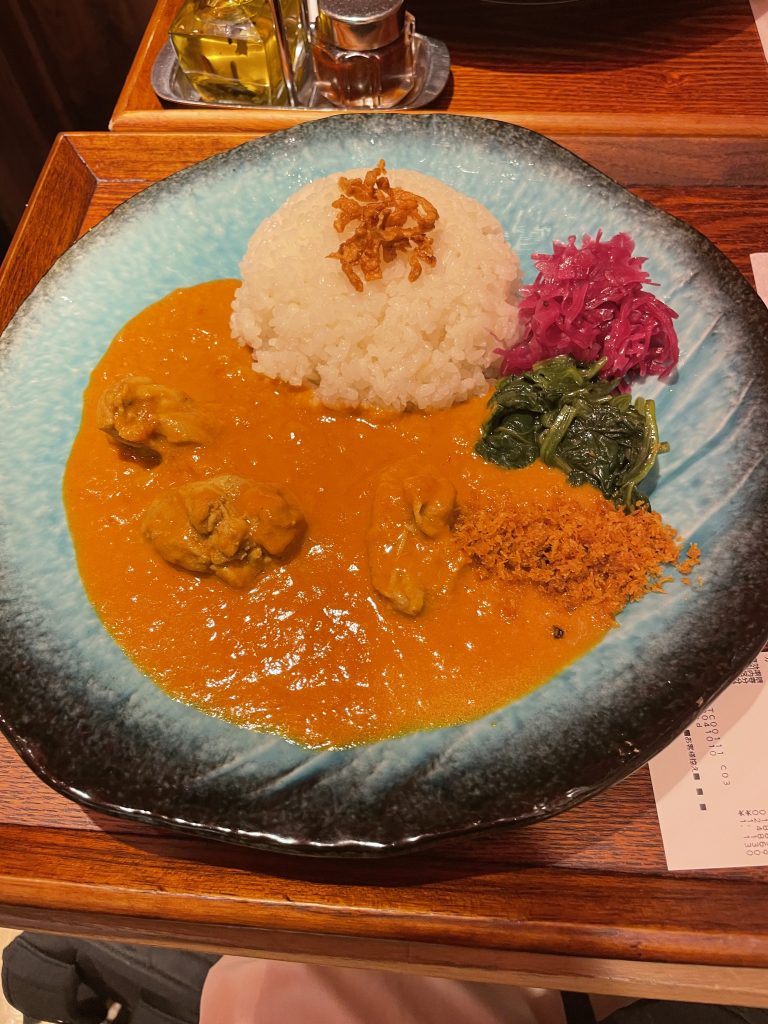
4. Taking the subway alone feels safe. I would actually recommend Japan for a solo trip. I felt very safe and appreciated how there were even “Women Only” subway cars.
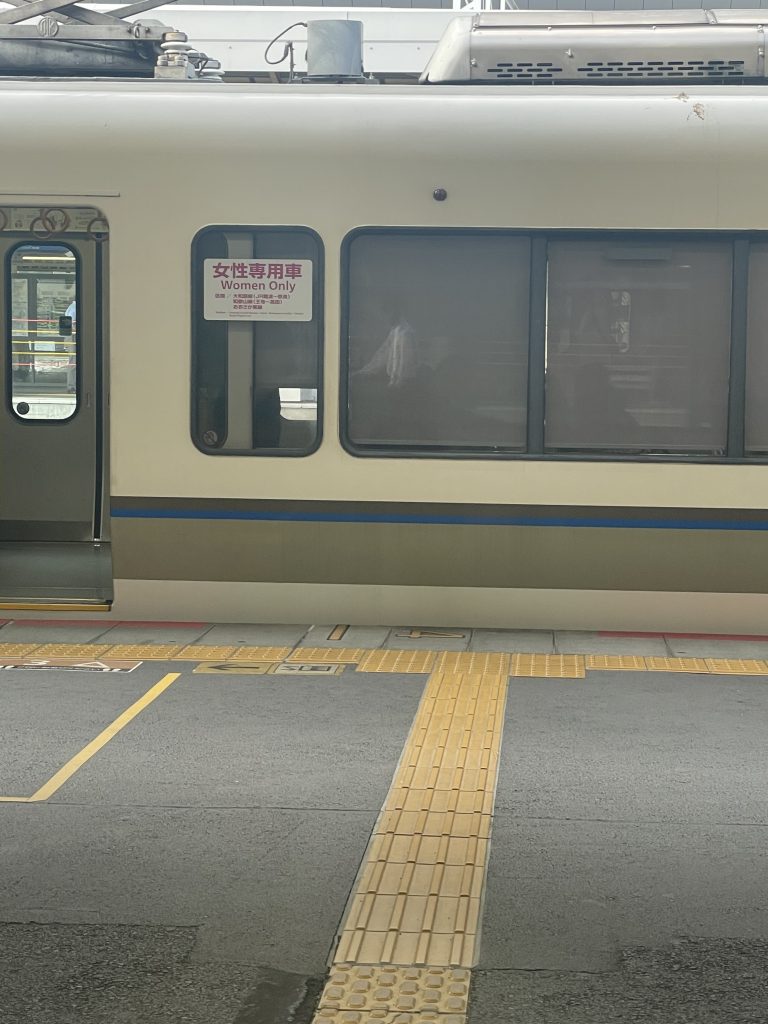
5. At most restaurants, you will pay outside after selecting the picture of the meal you want. Inside, you will give the ticket to the waiter and they bring you your food. Then, you can leave whenever you are done and you already paid! Tipping is not a common practice in Japan. Sometimes, if you leave money on the table for a tup, the waiter might run after you as they think you left it there.
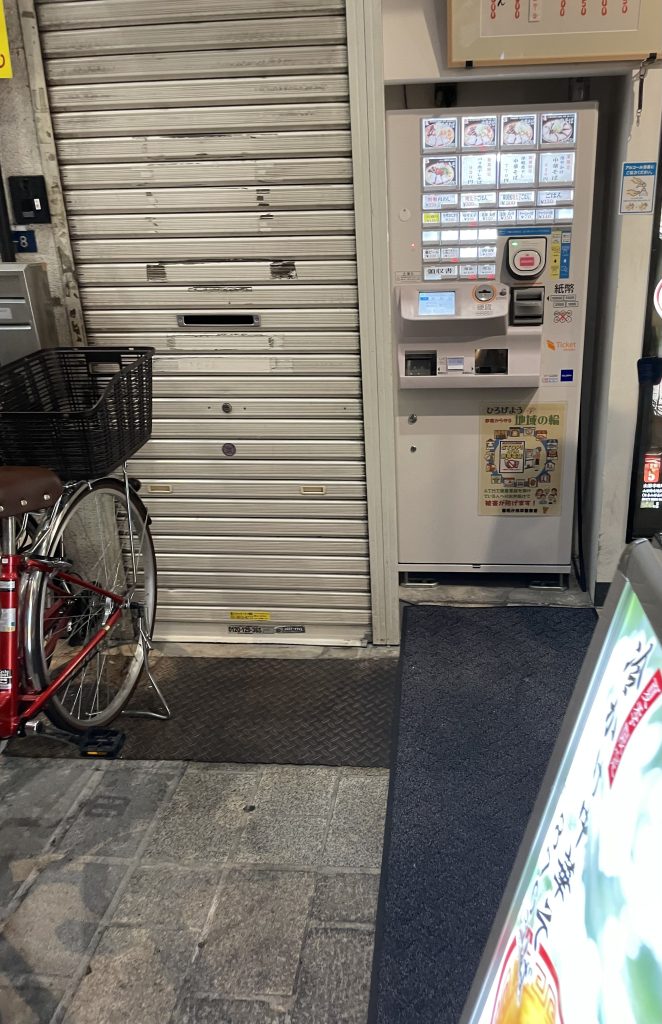
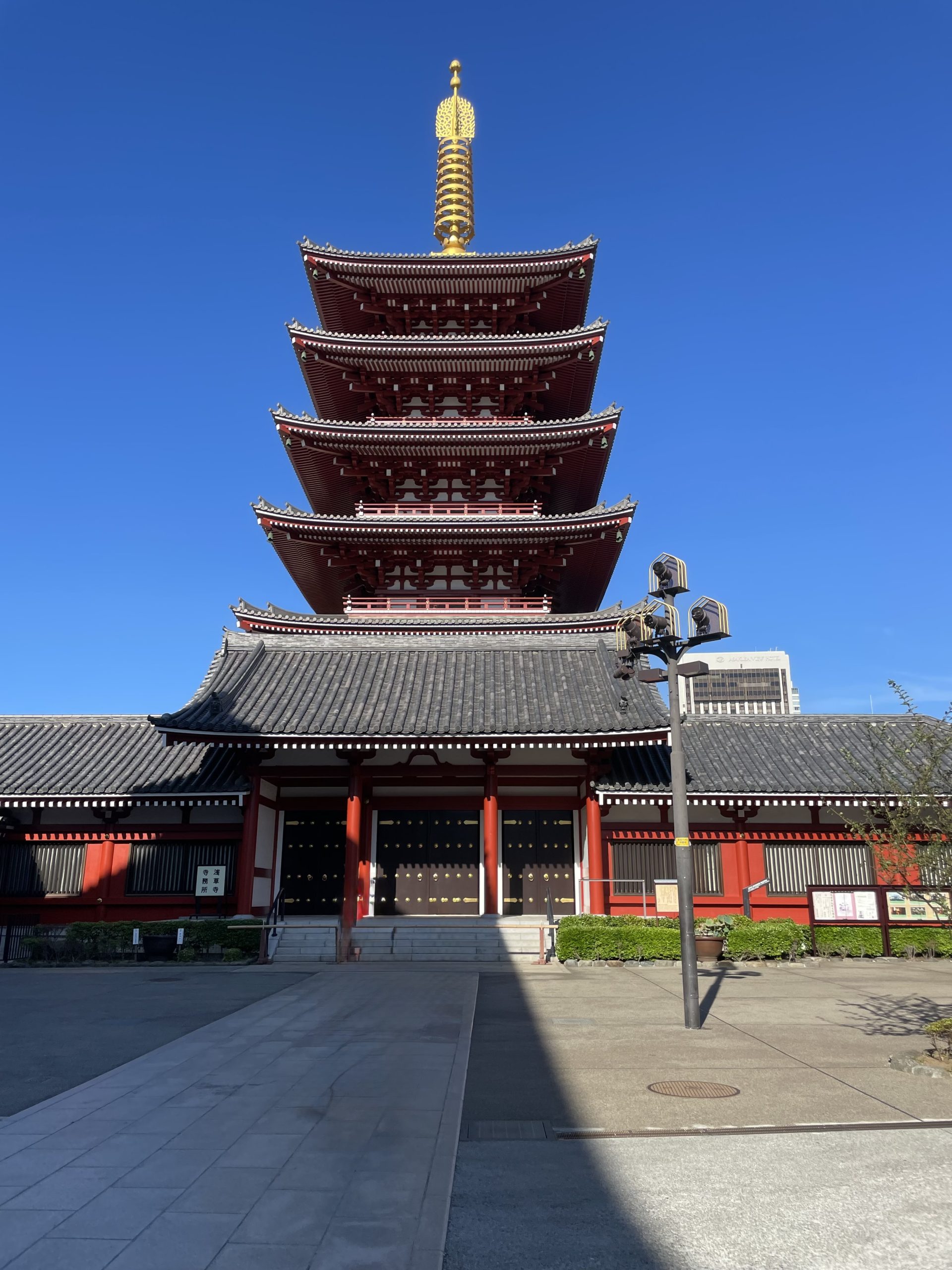
Leave a Reply
You must be logged in to post a comment.